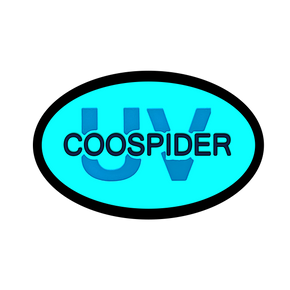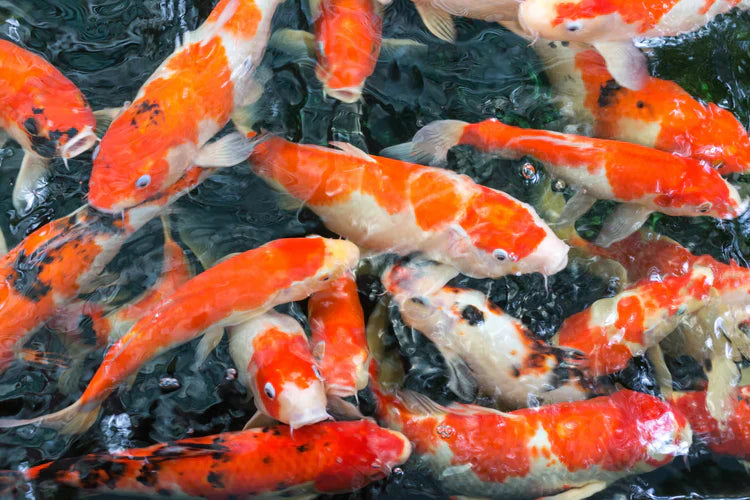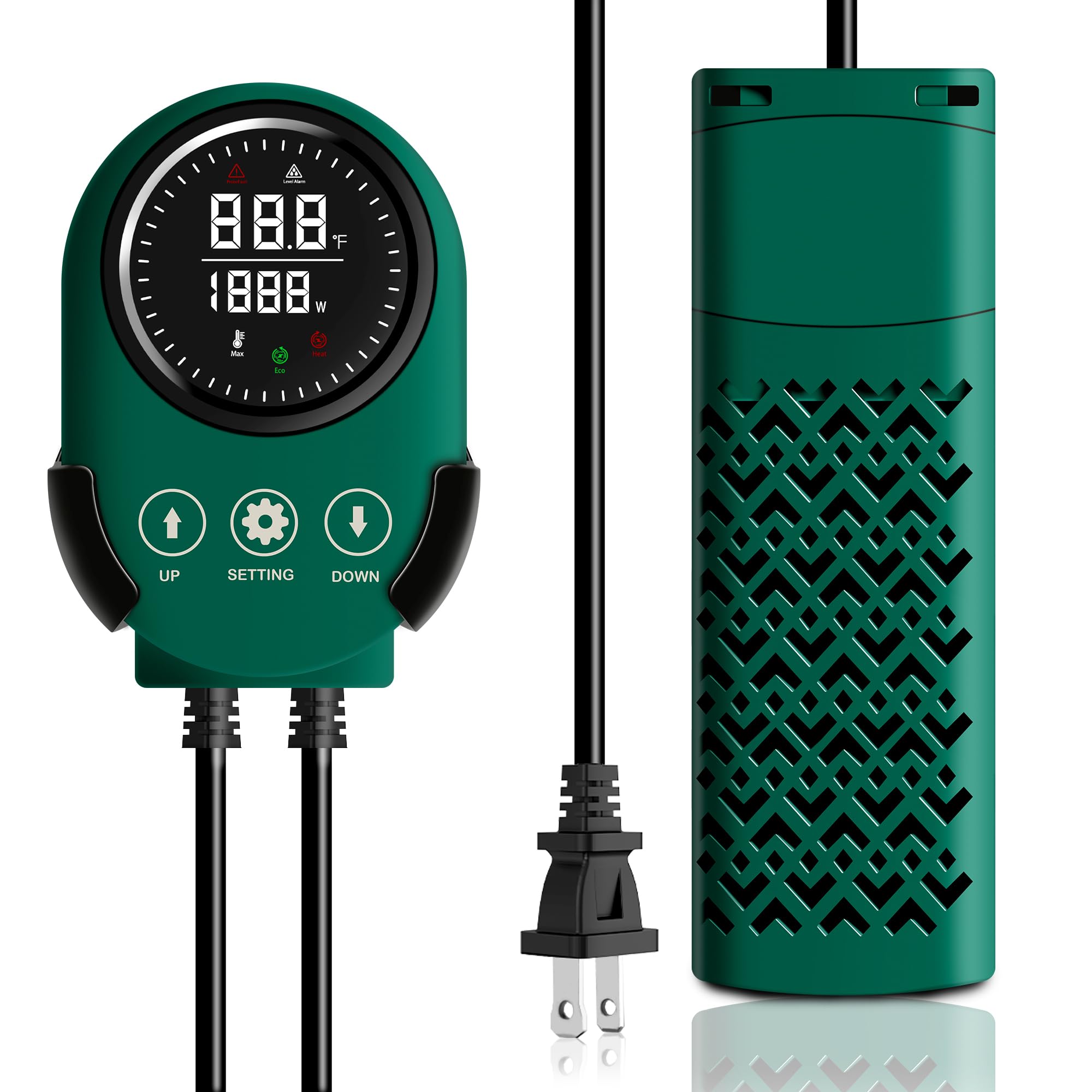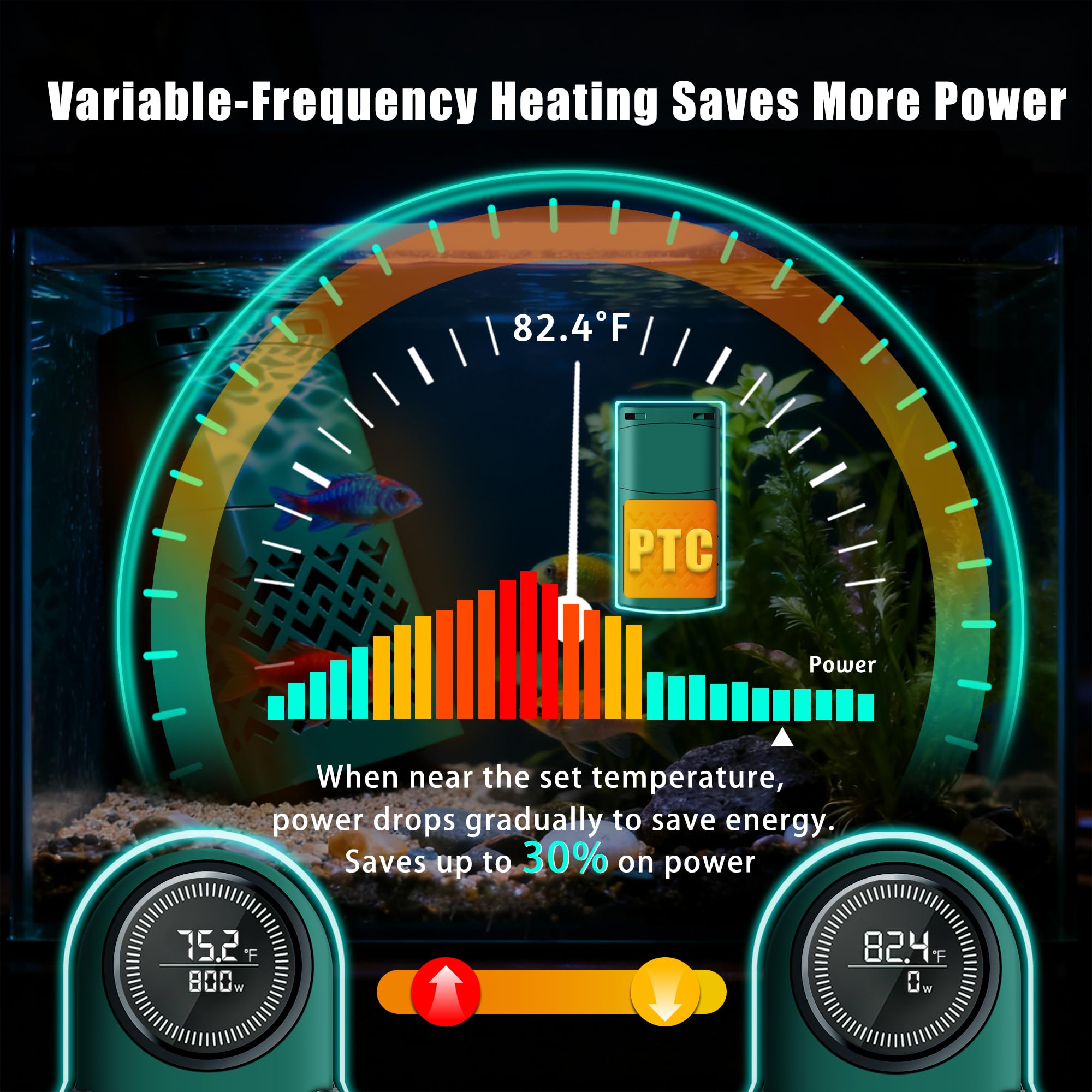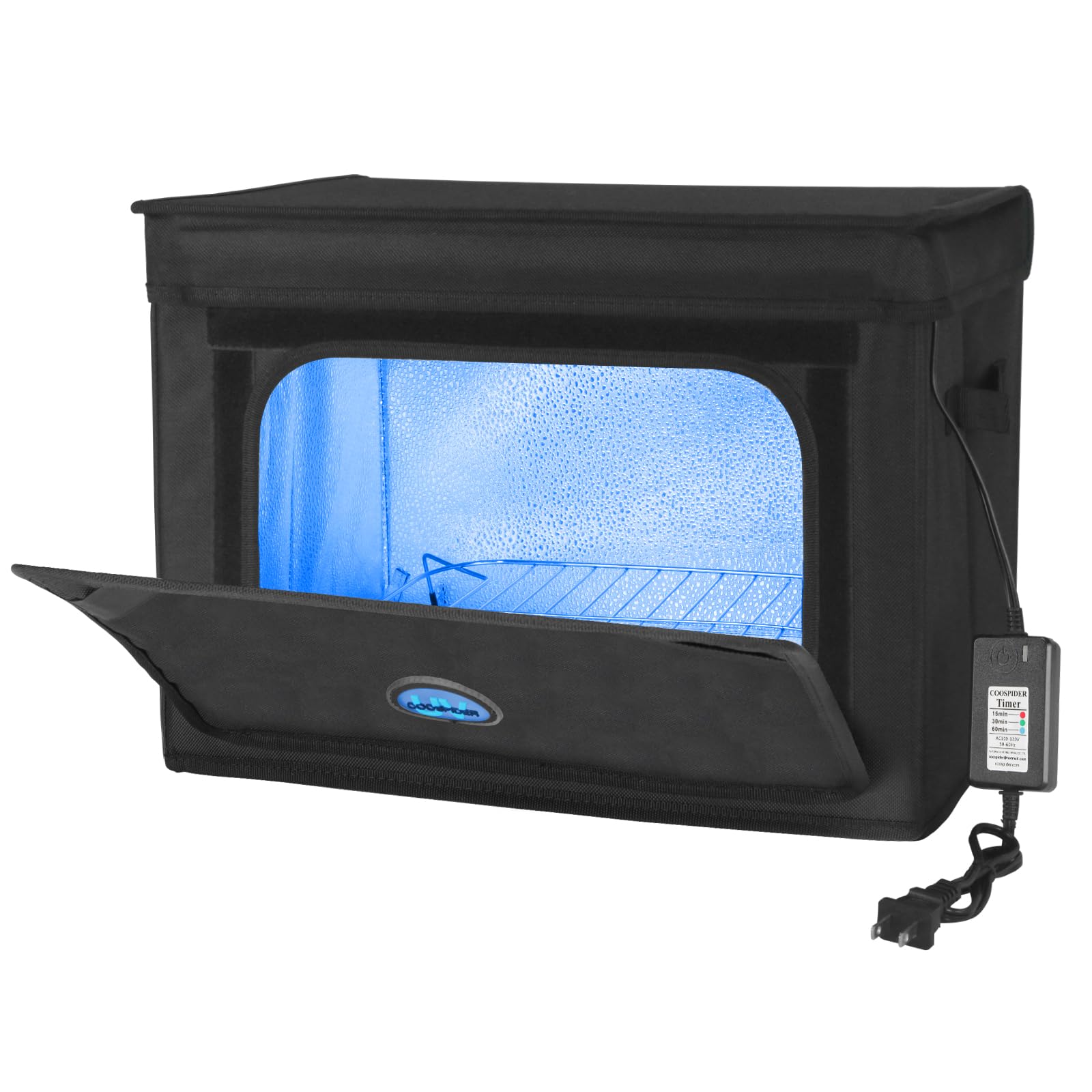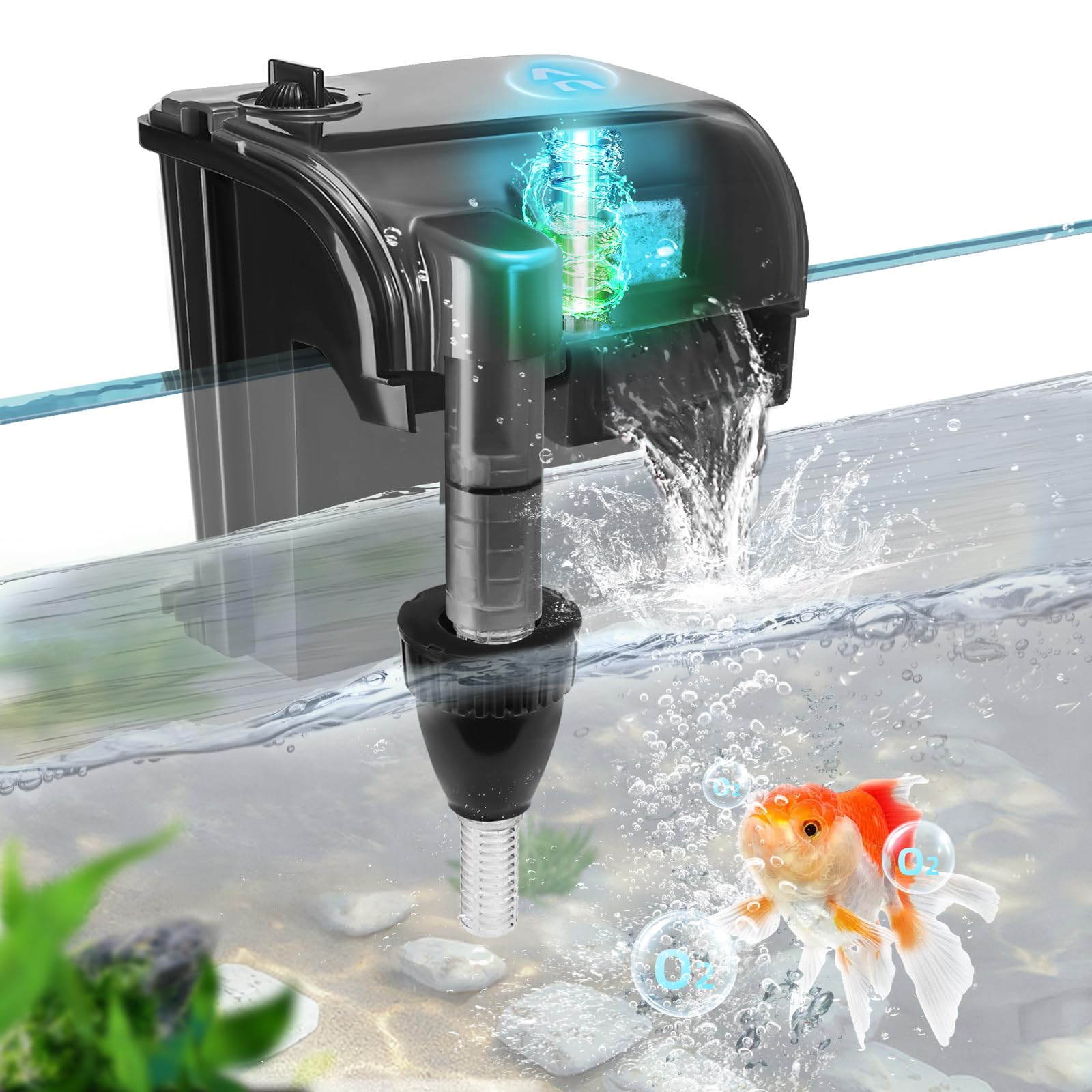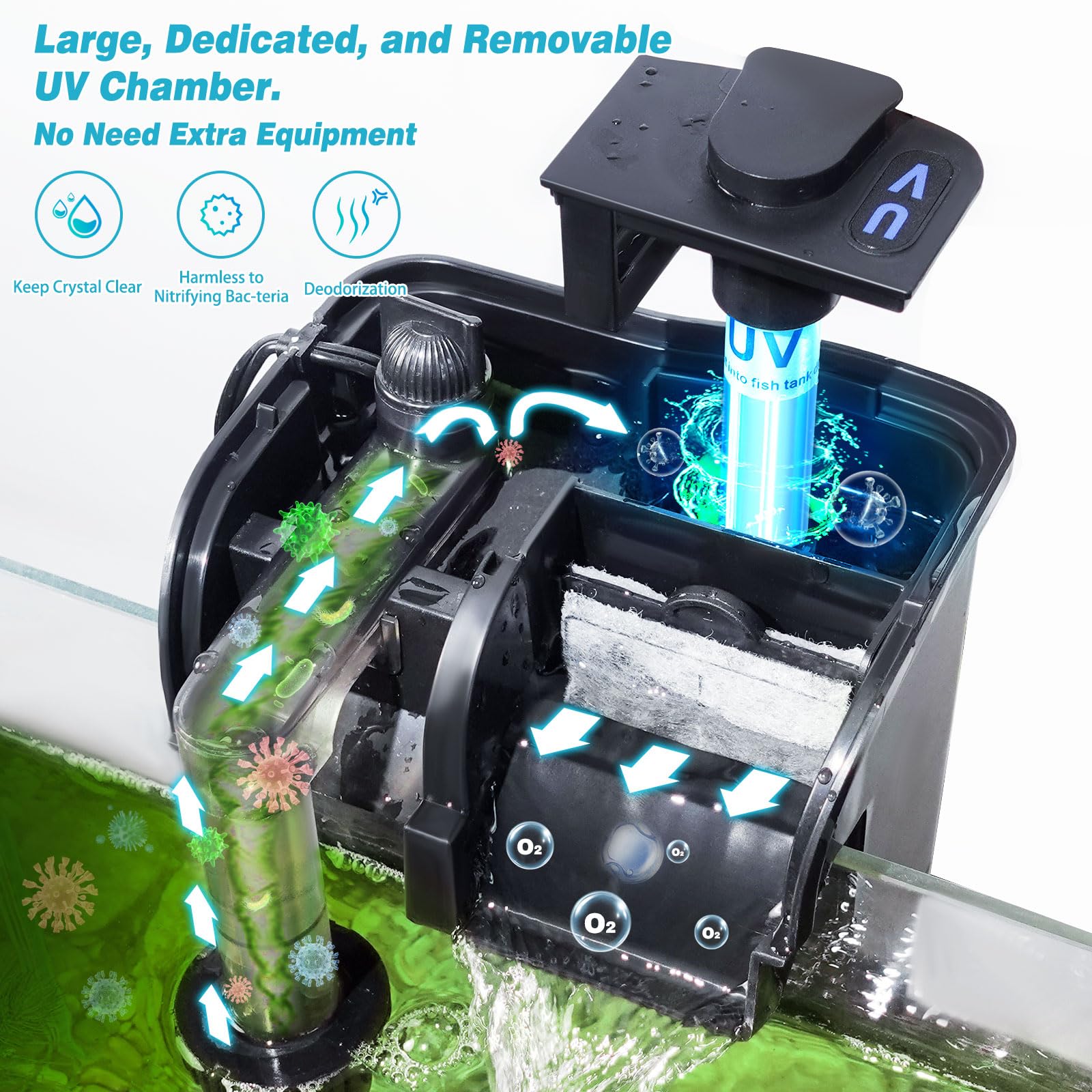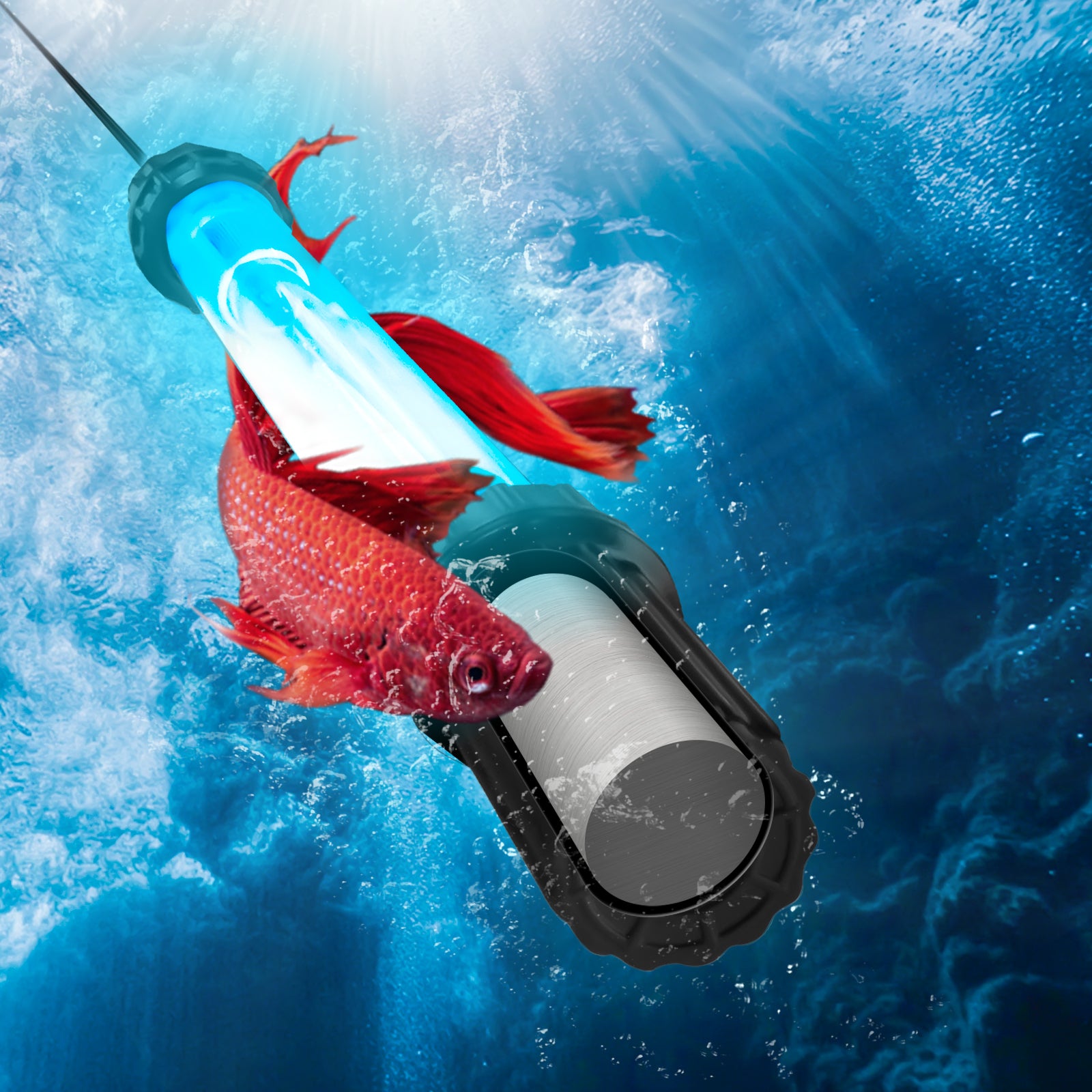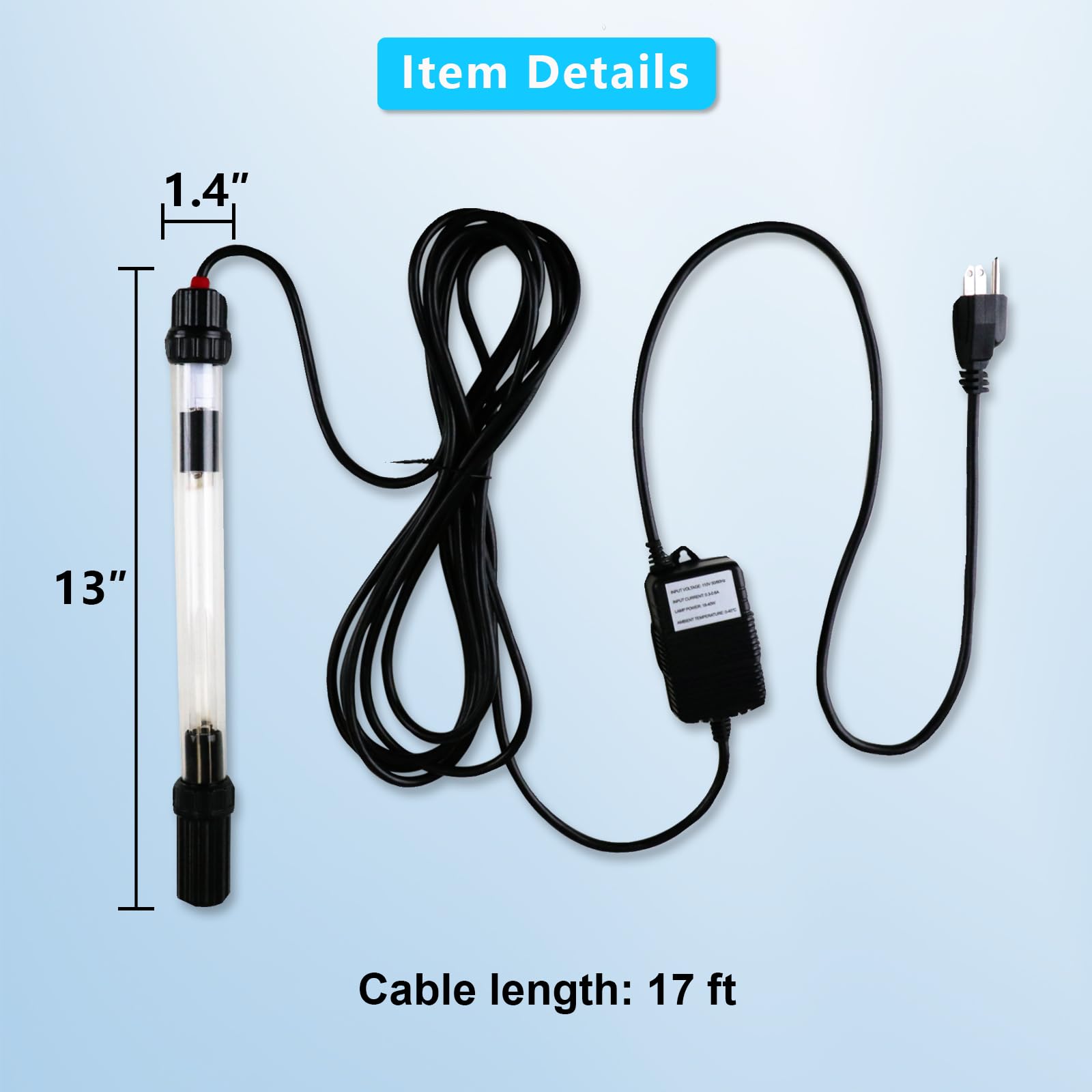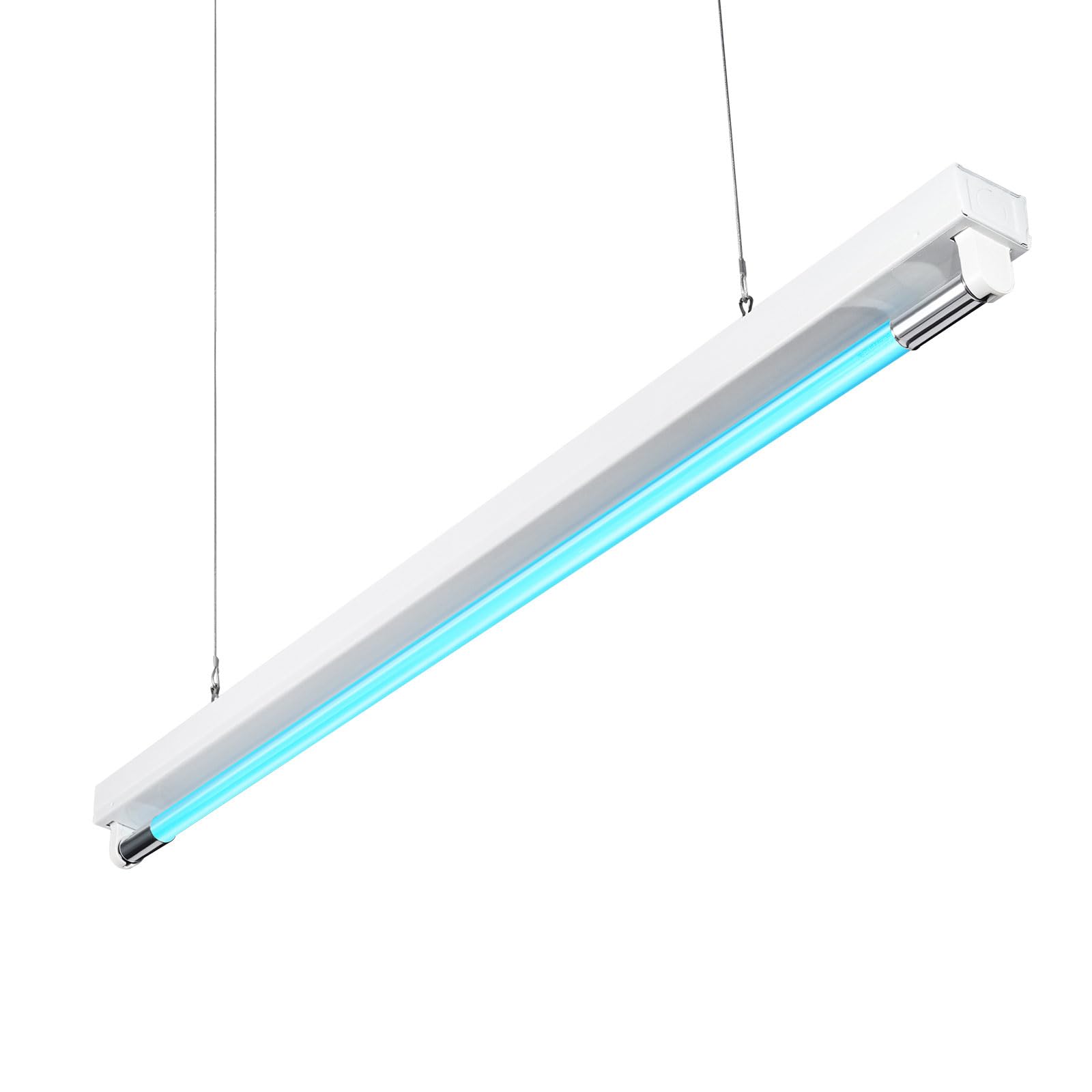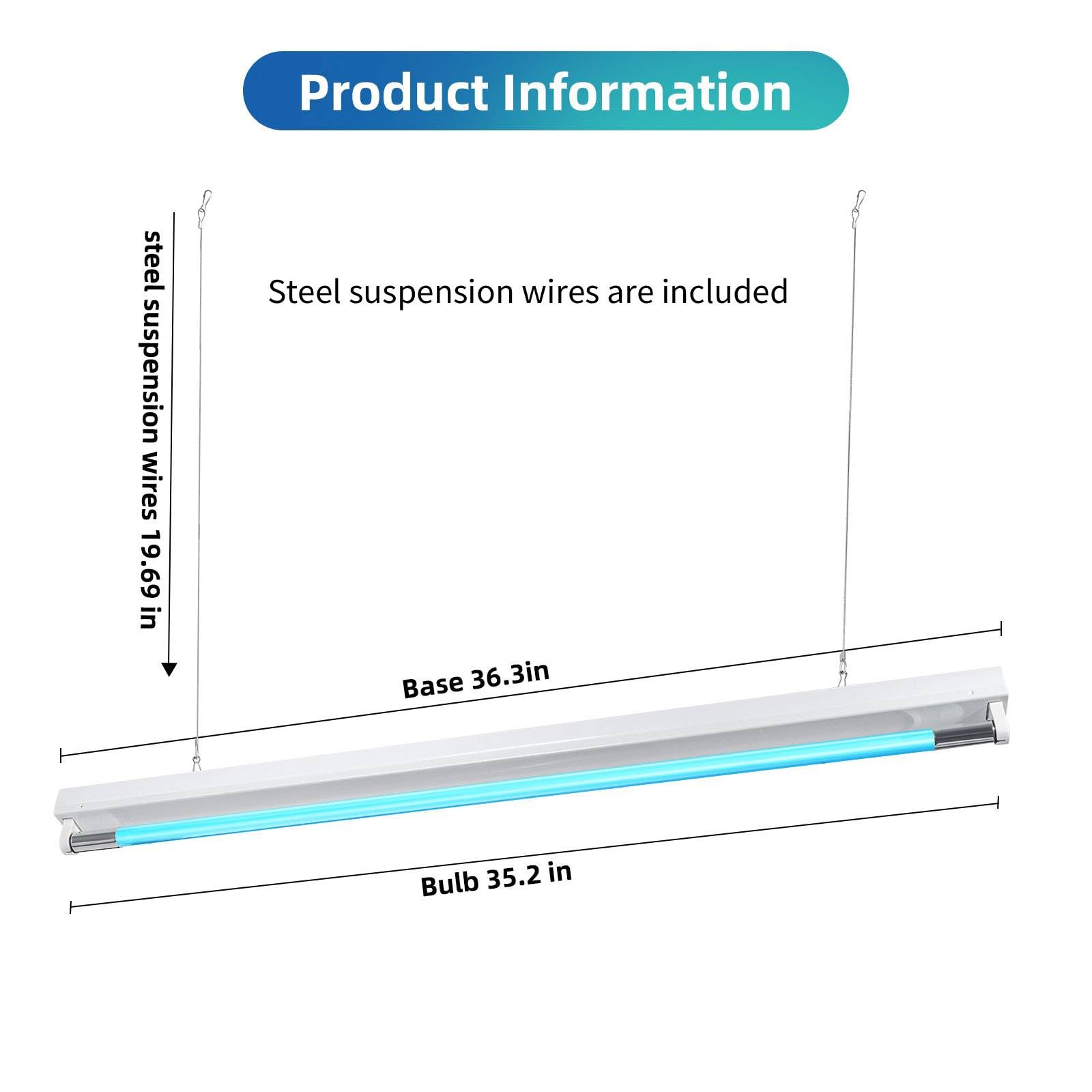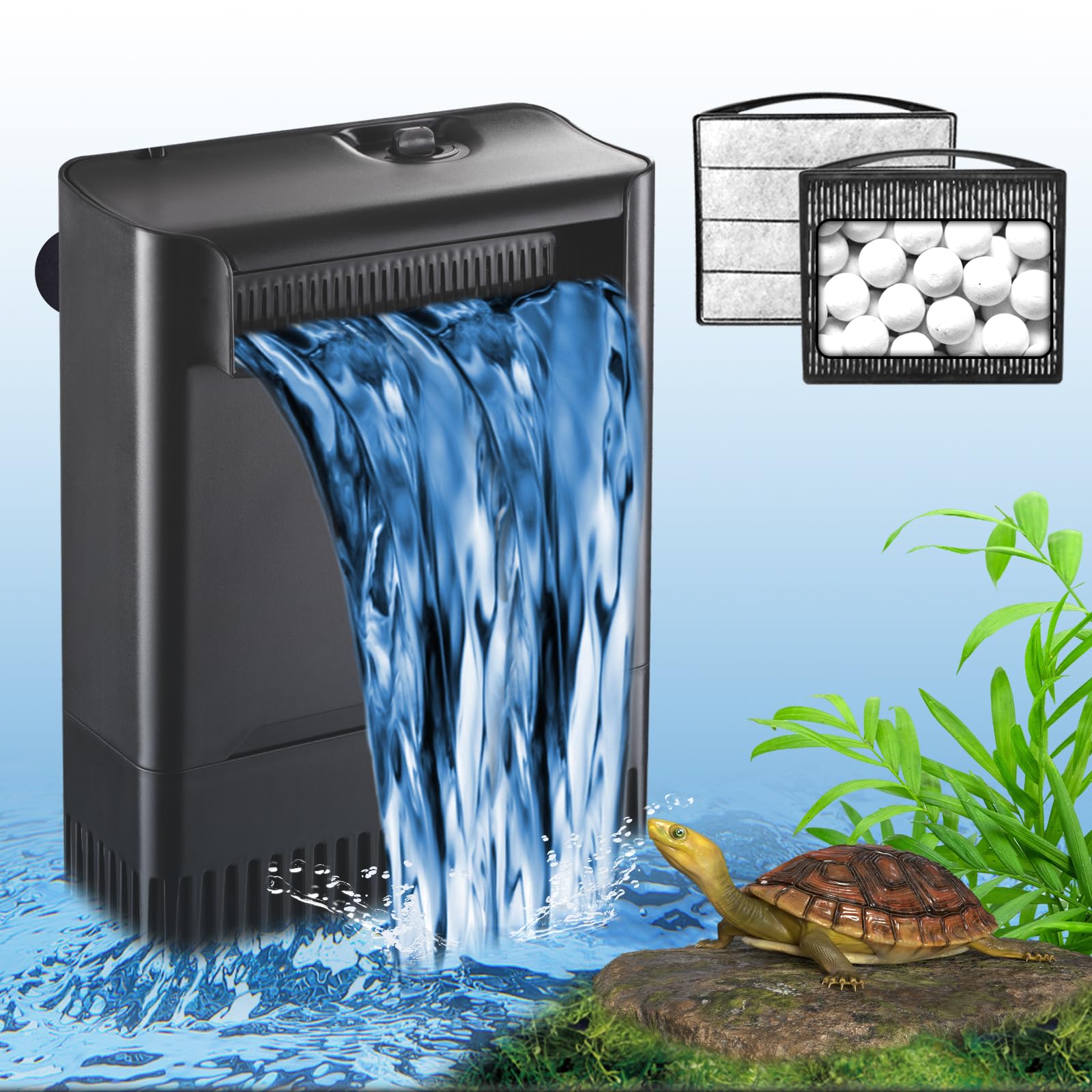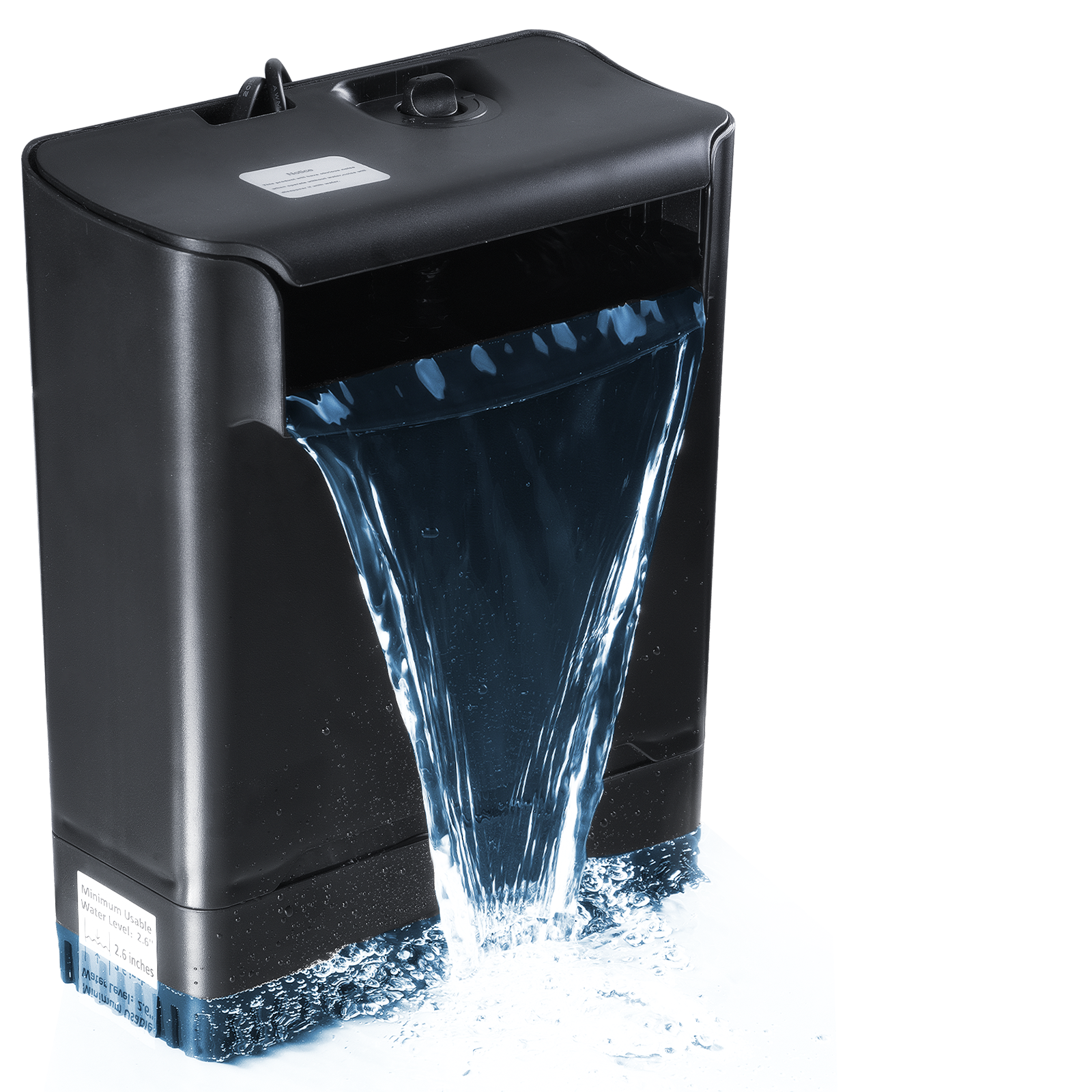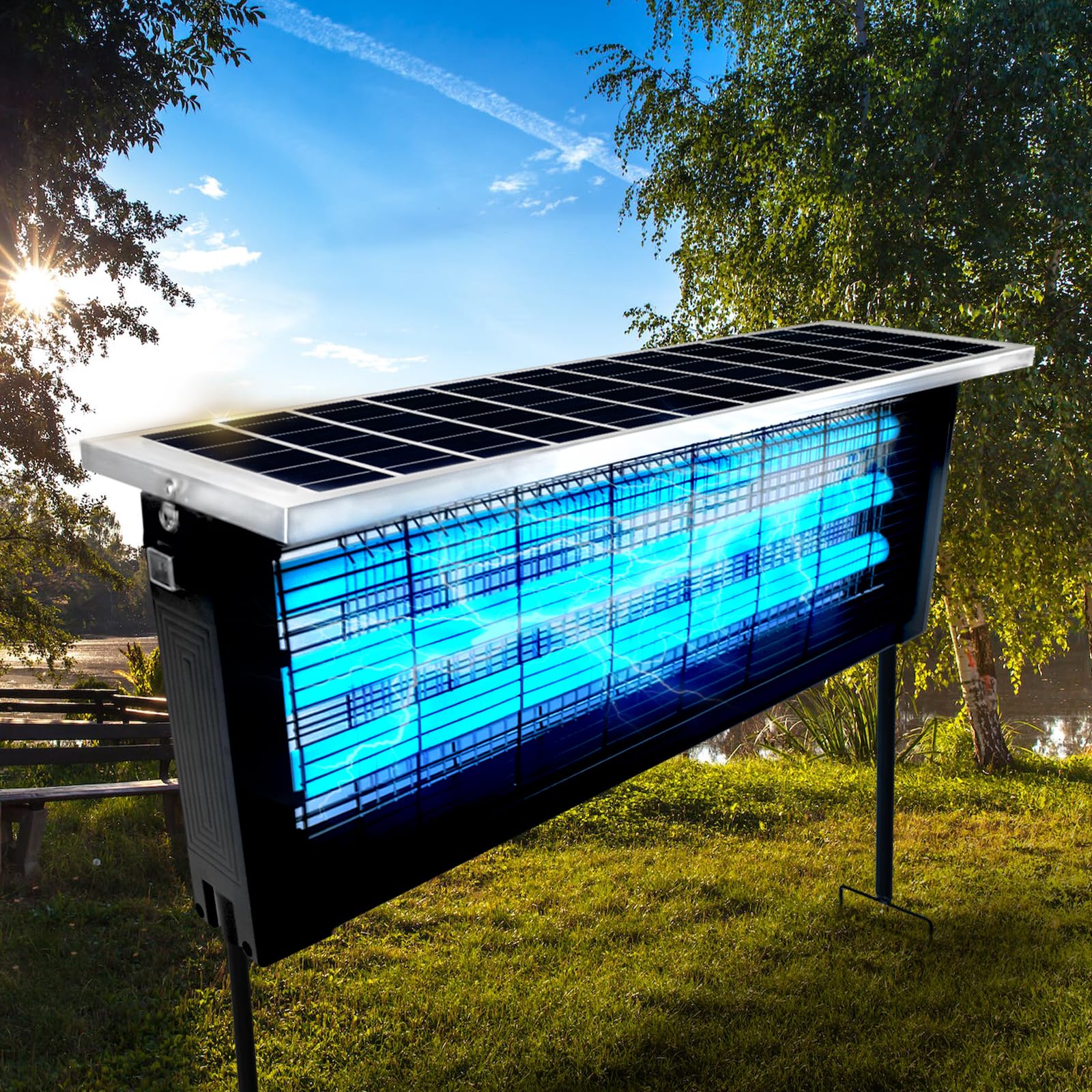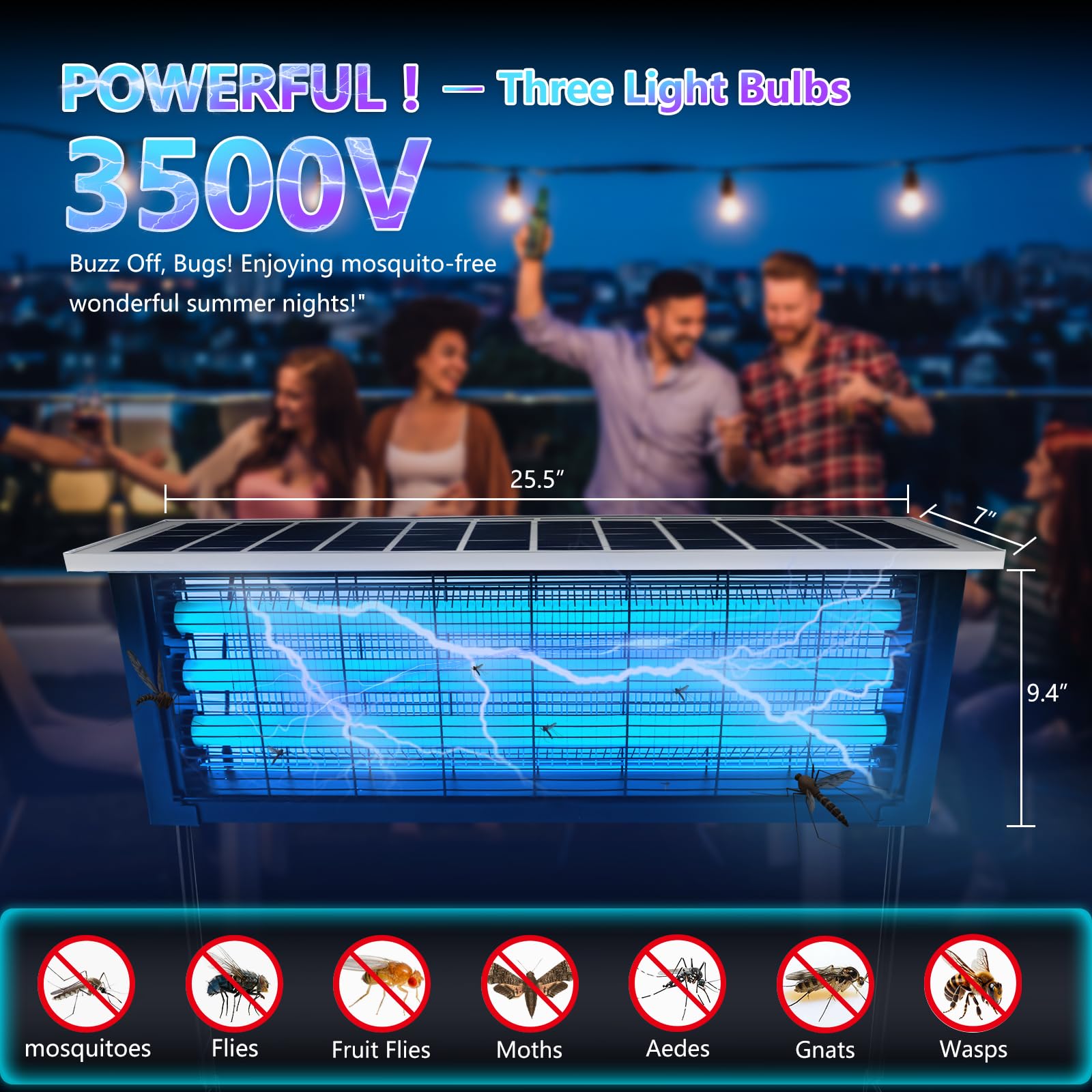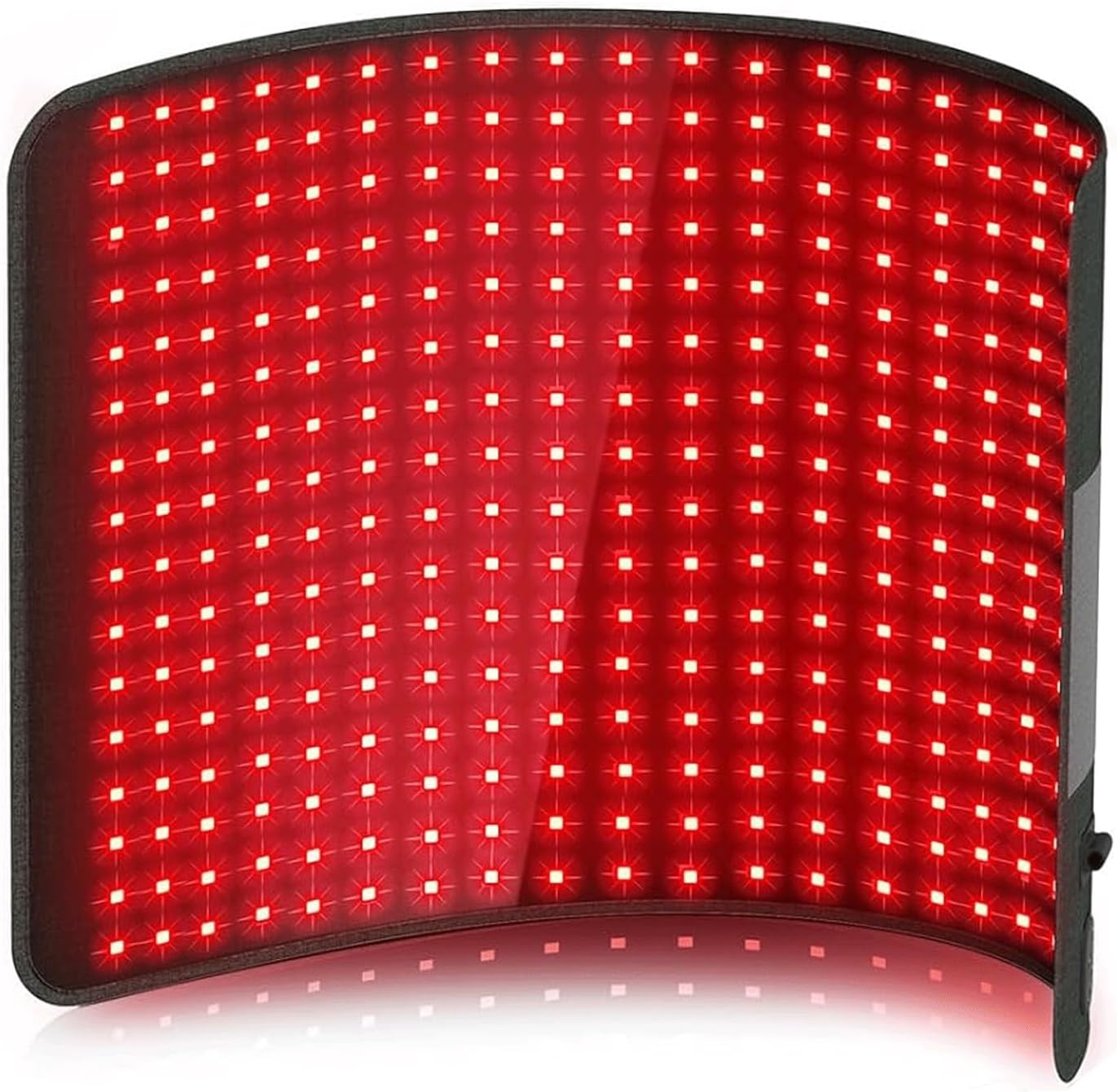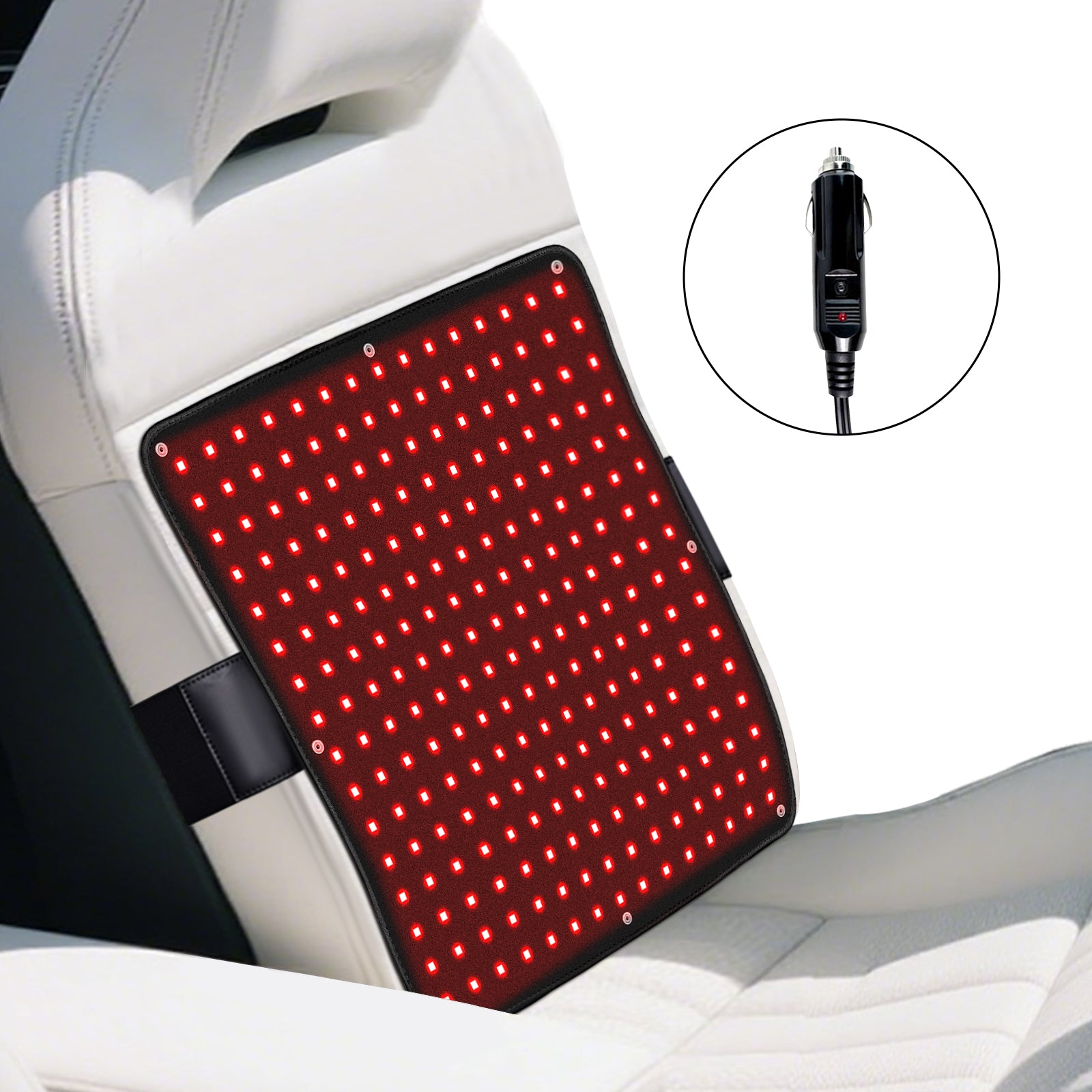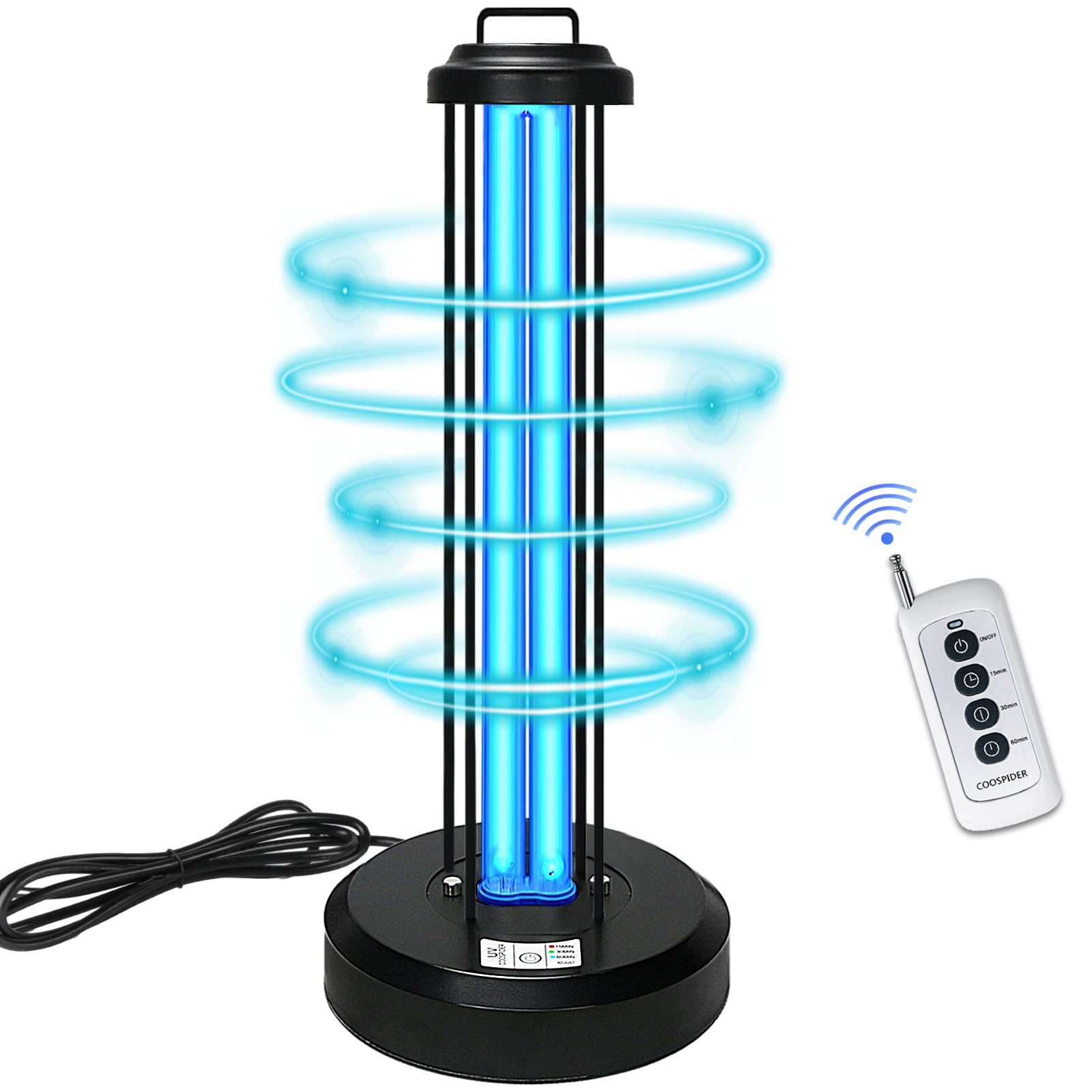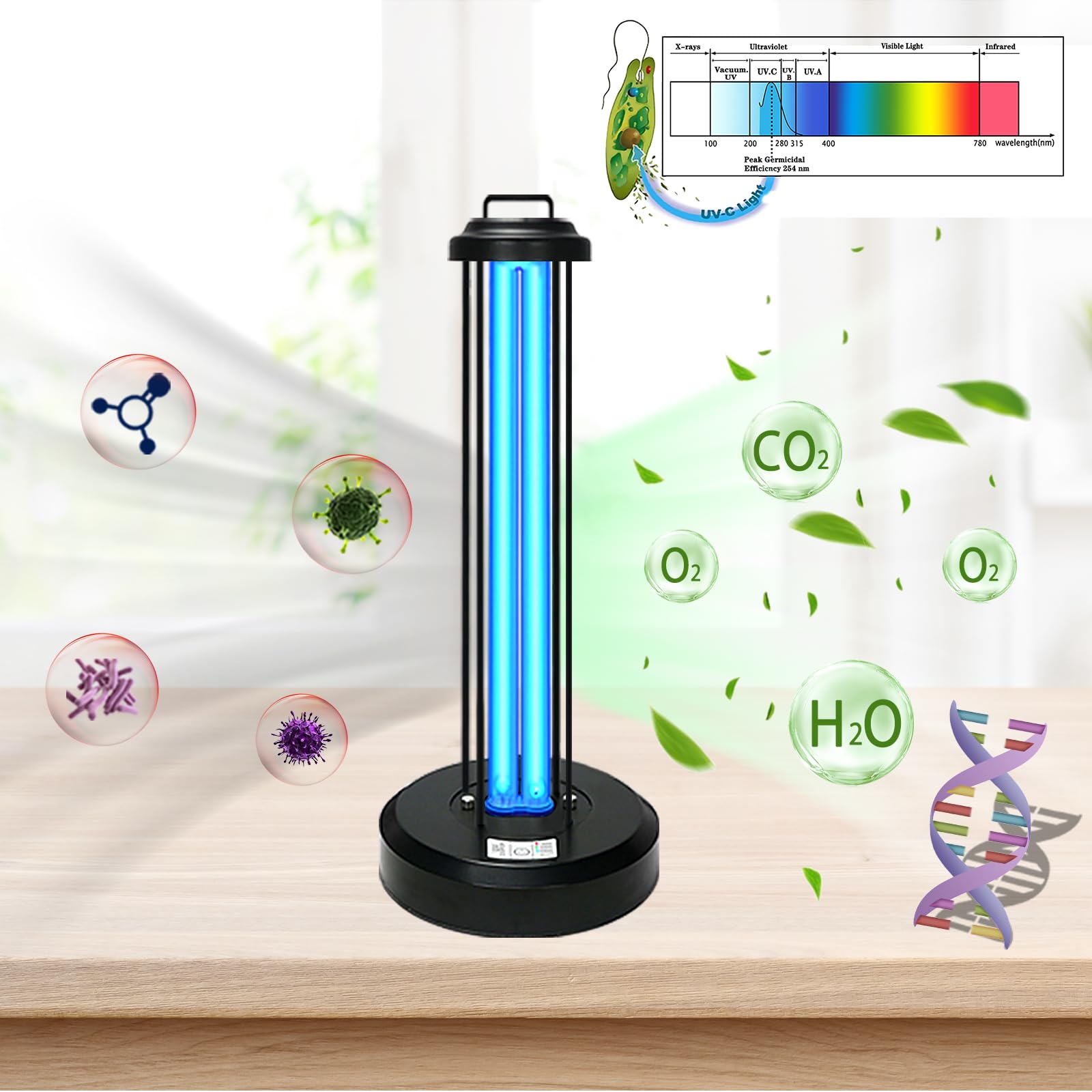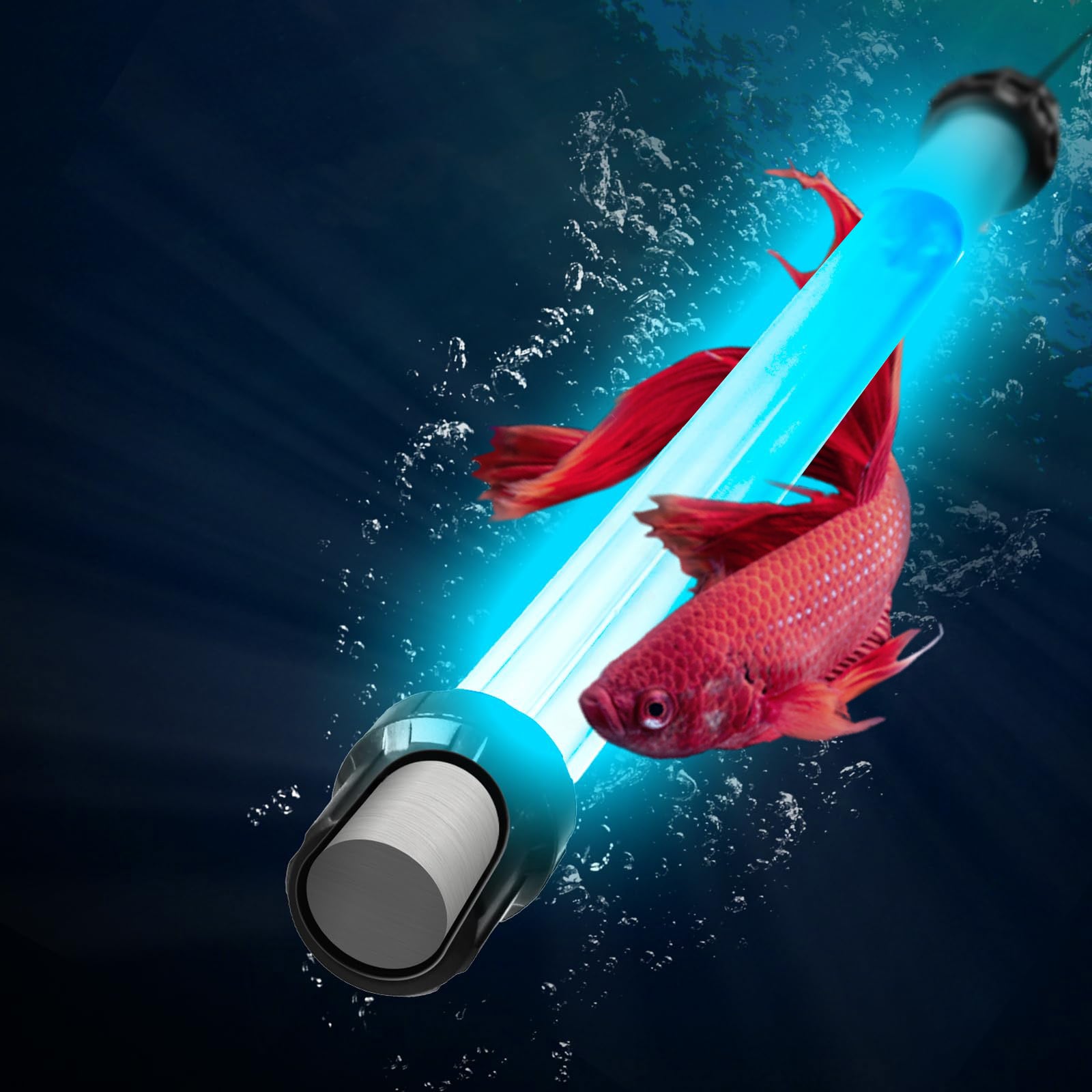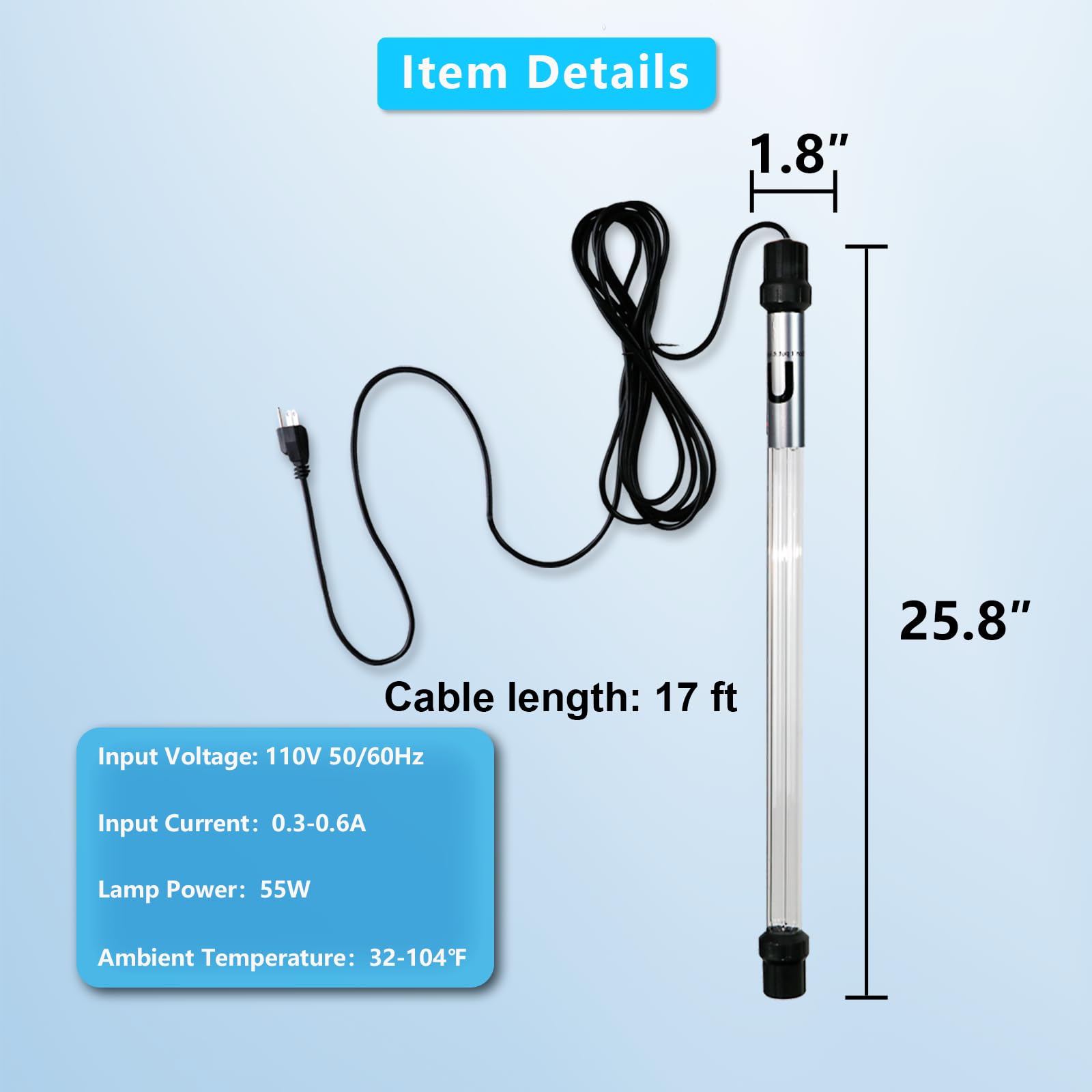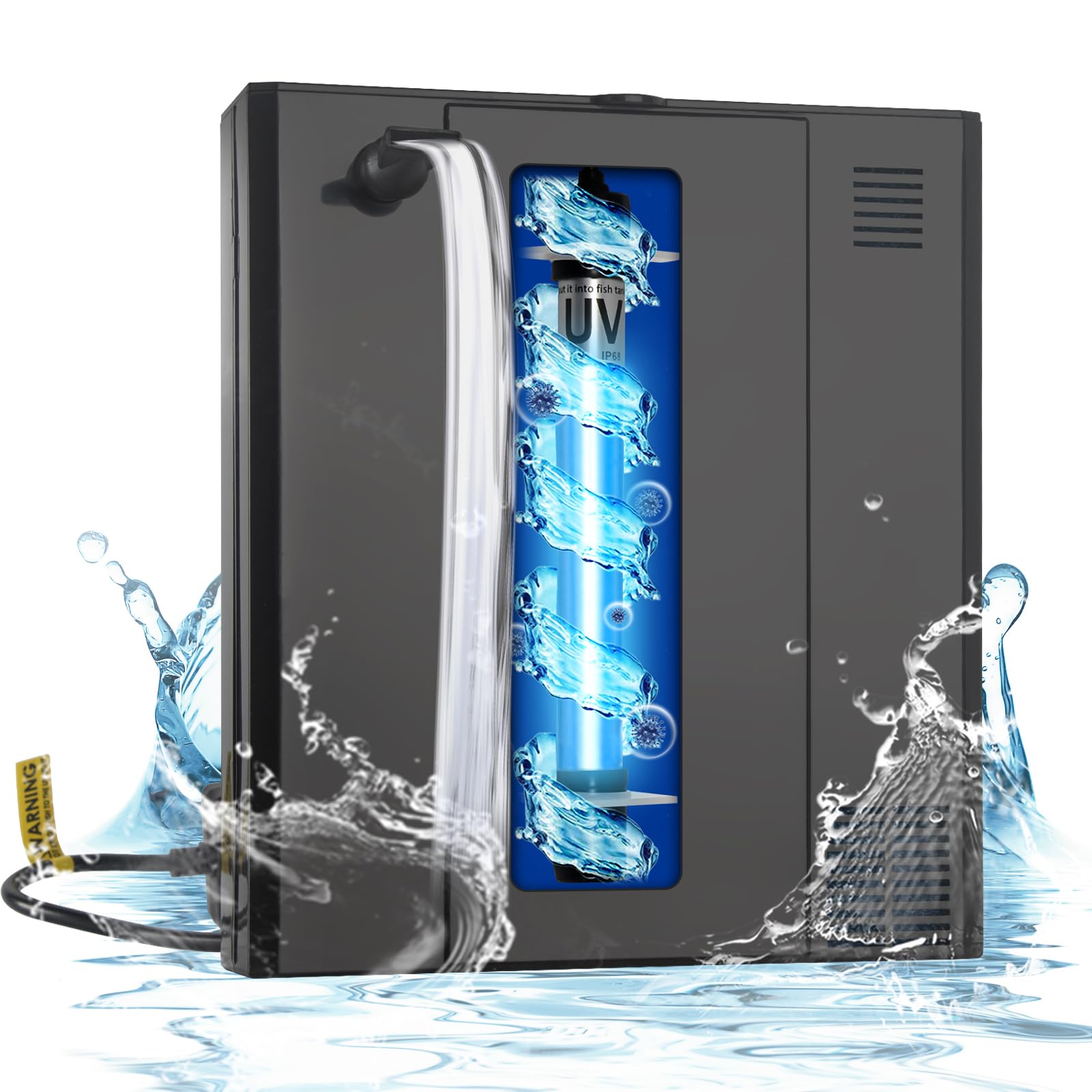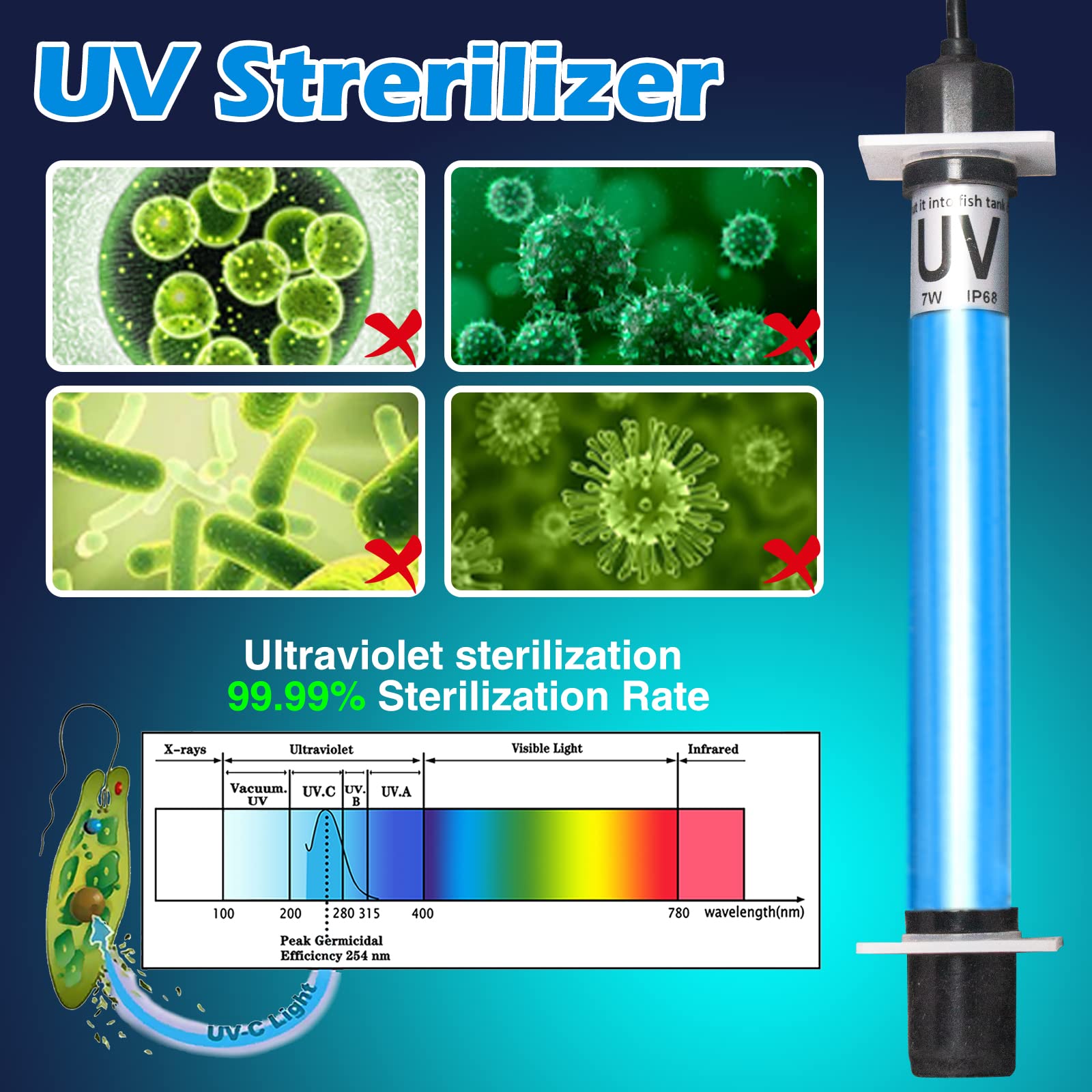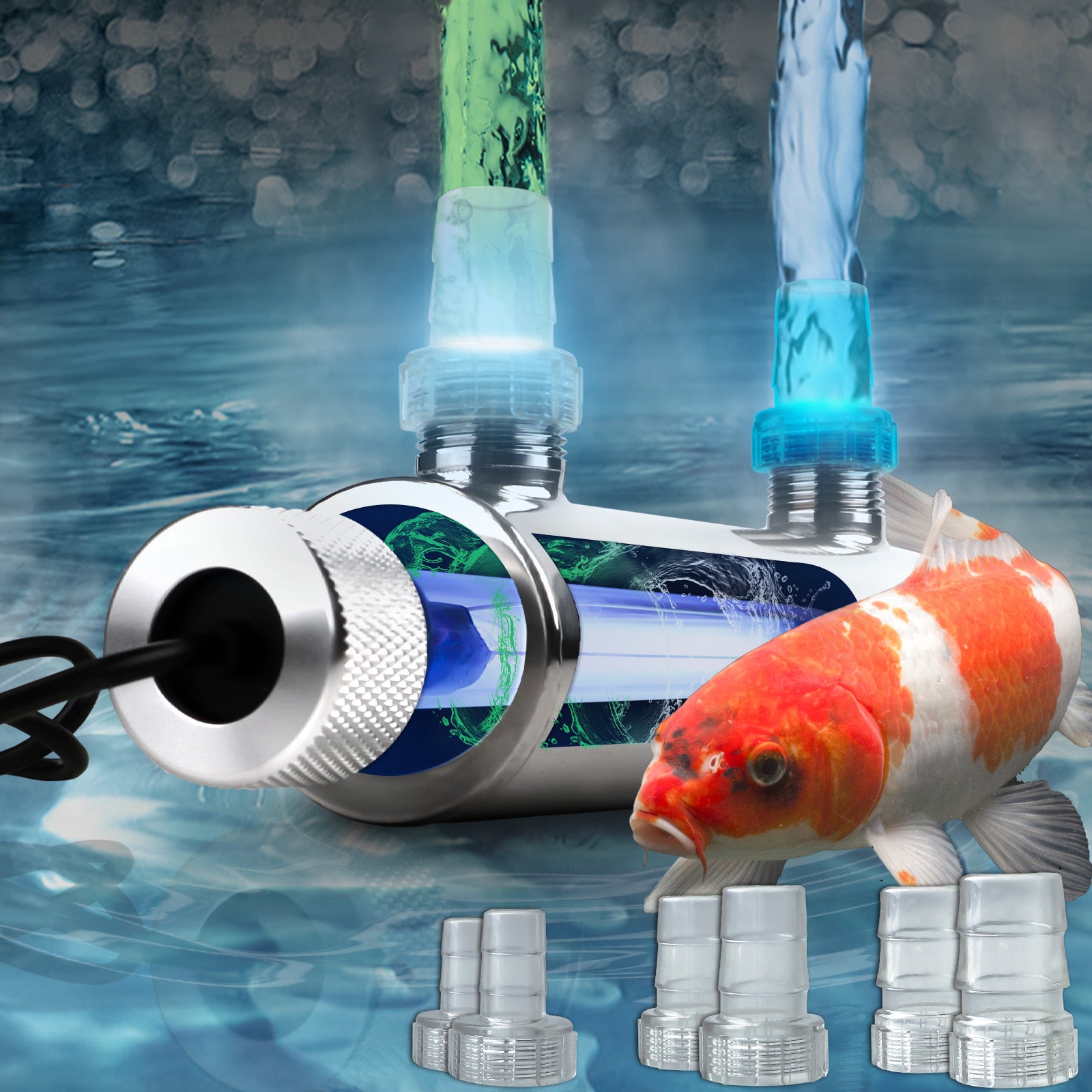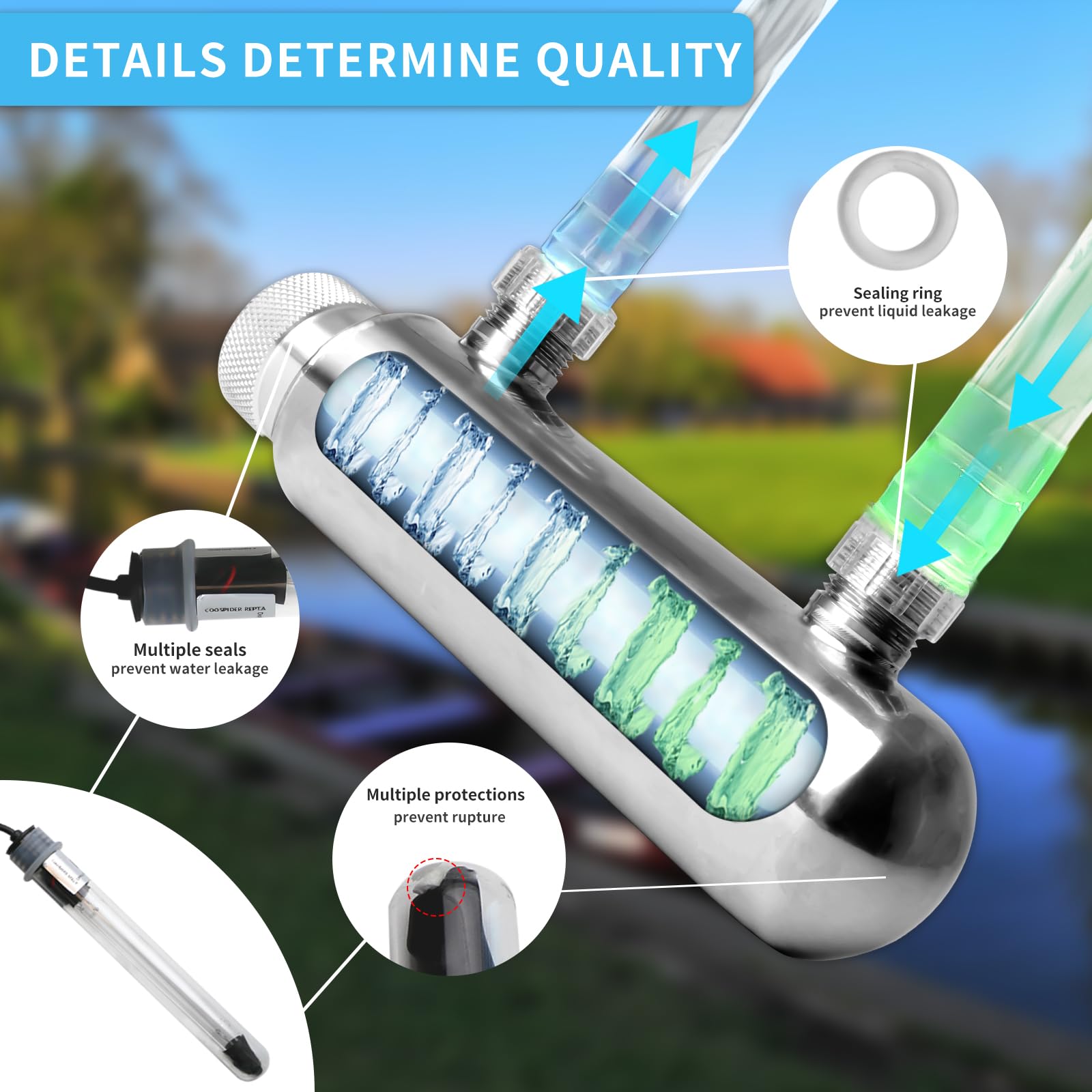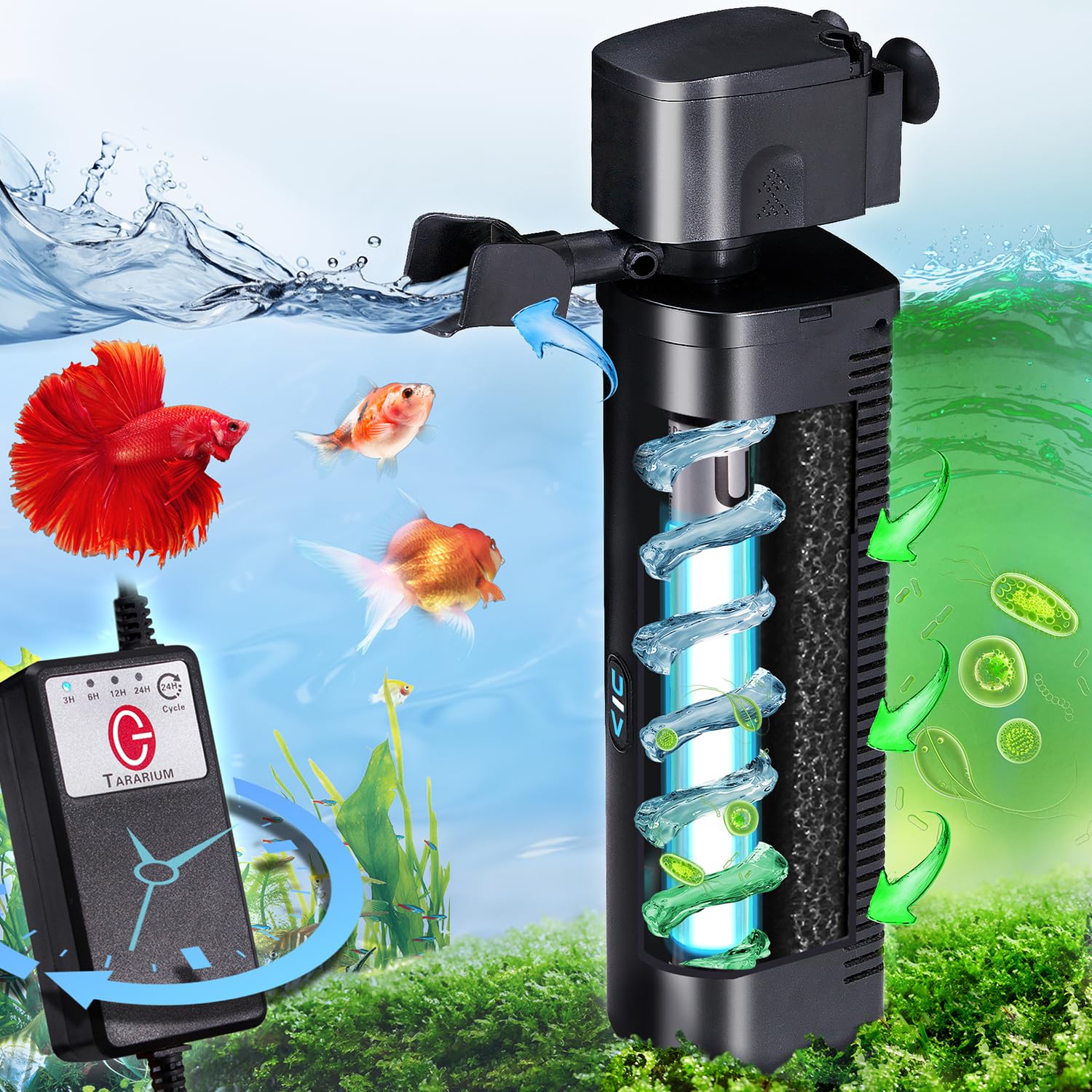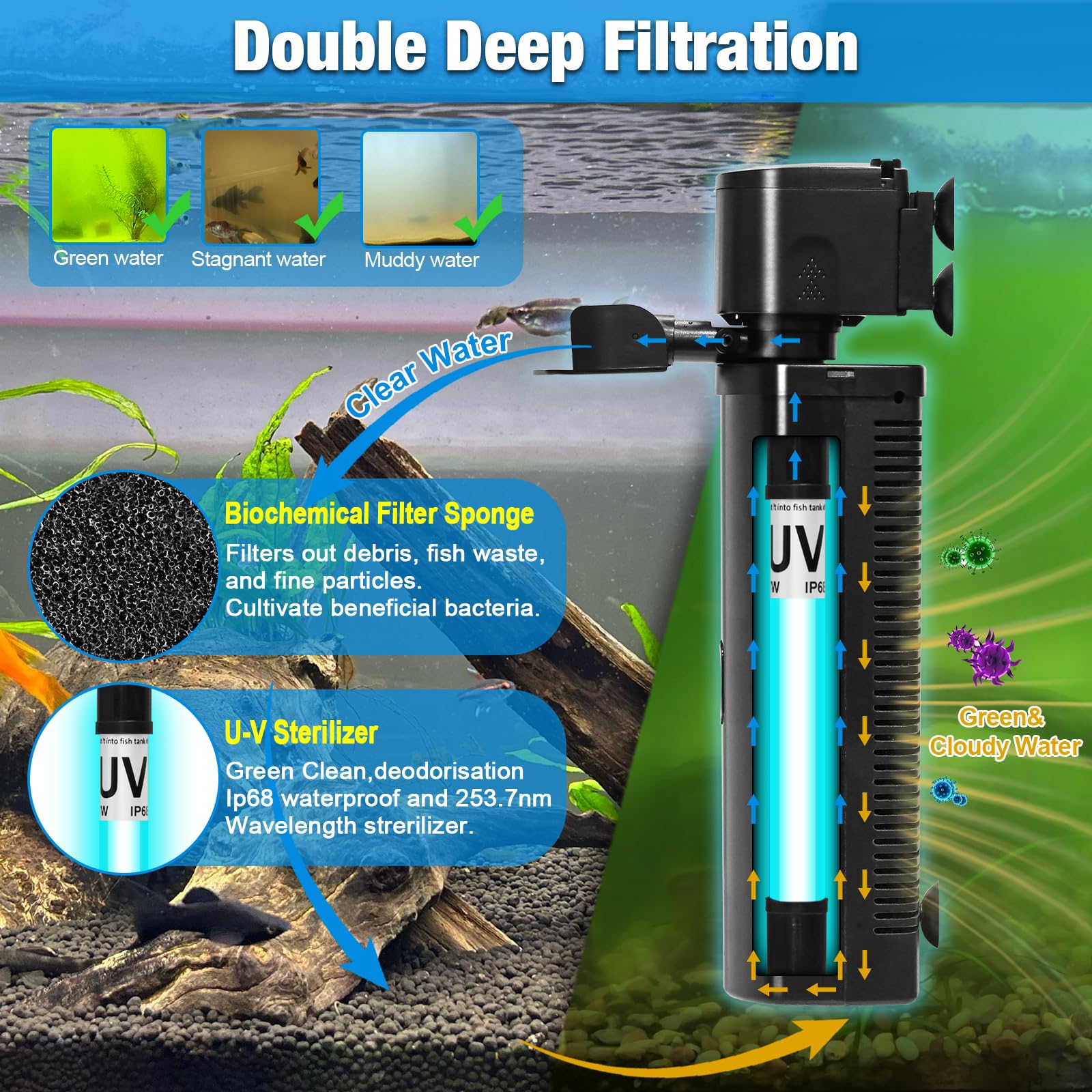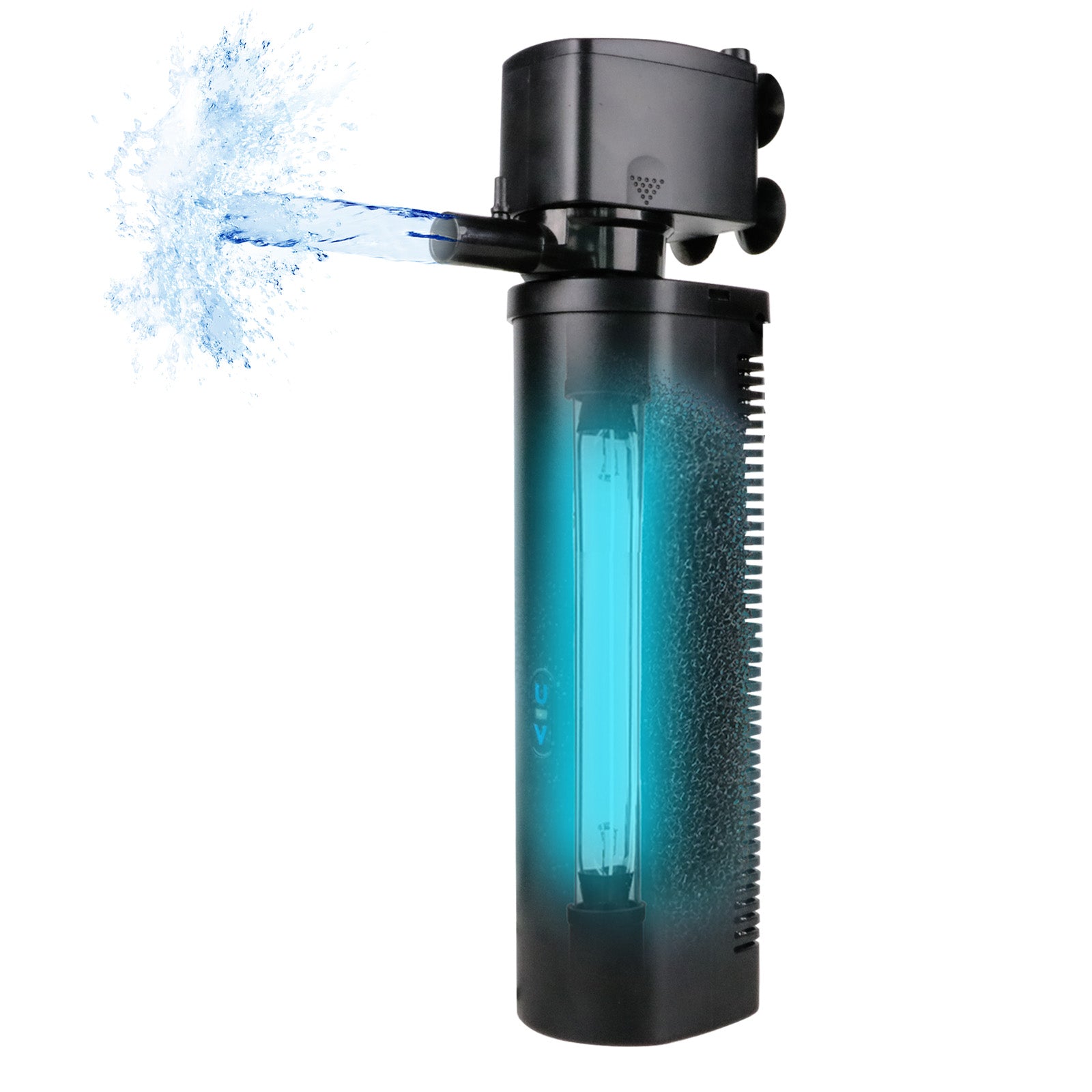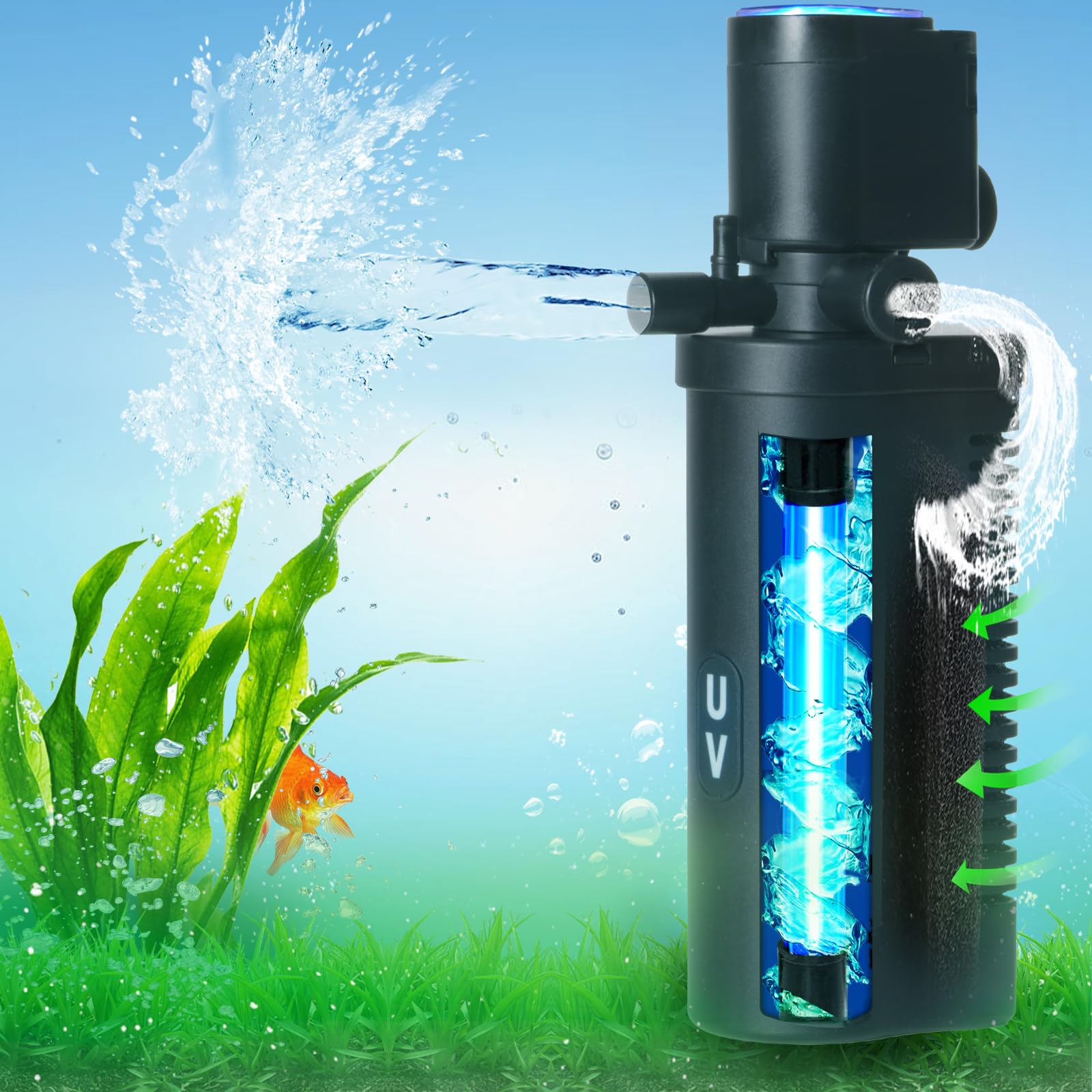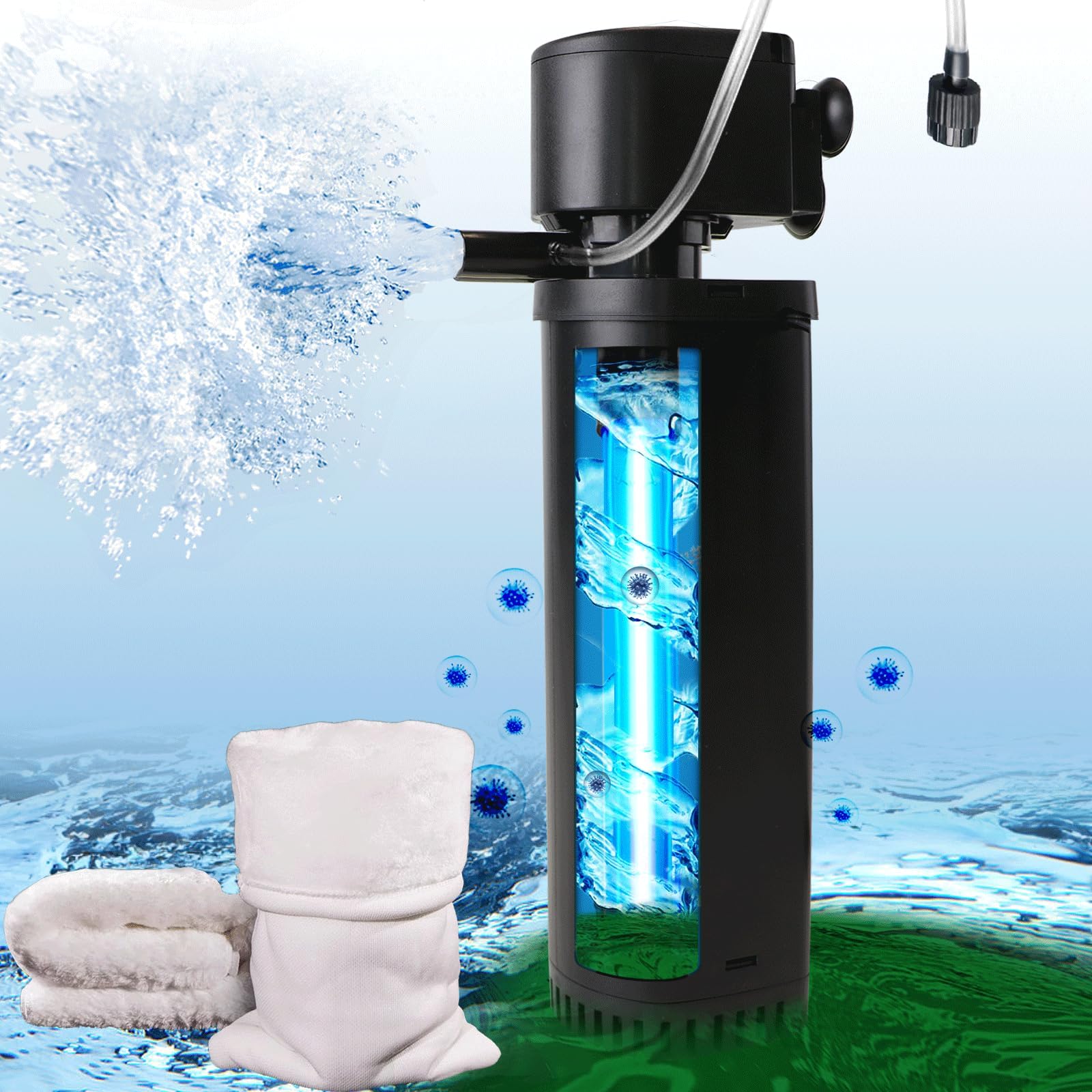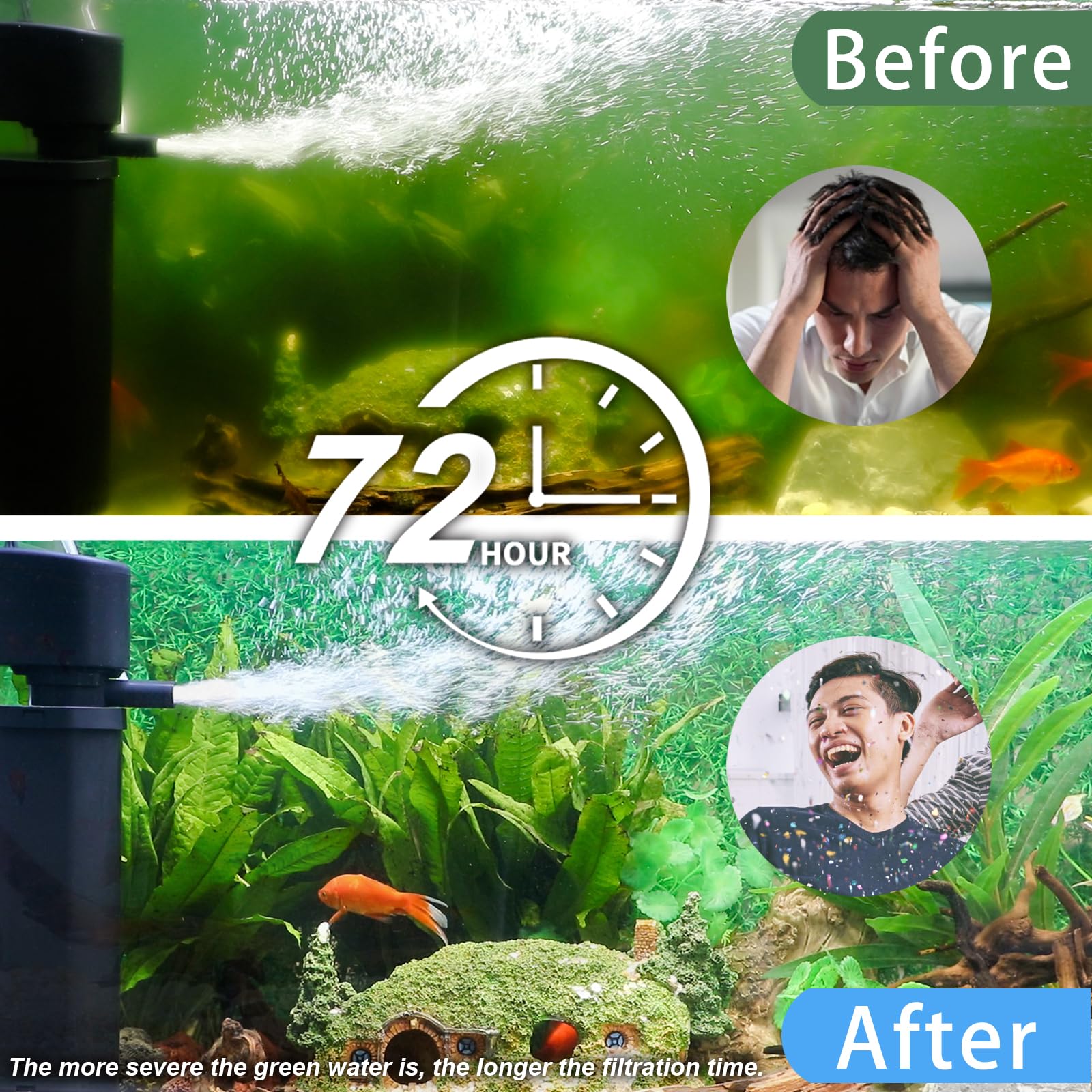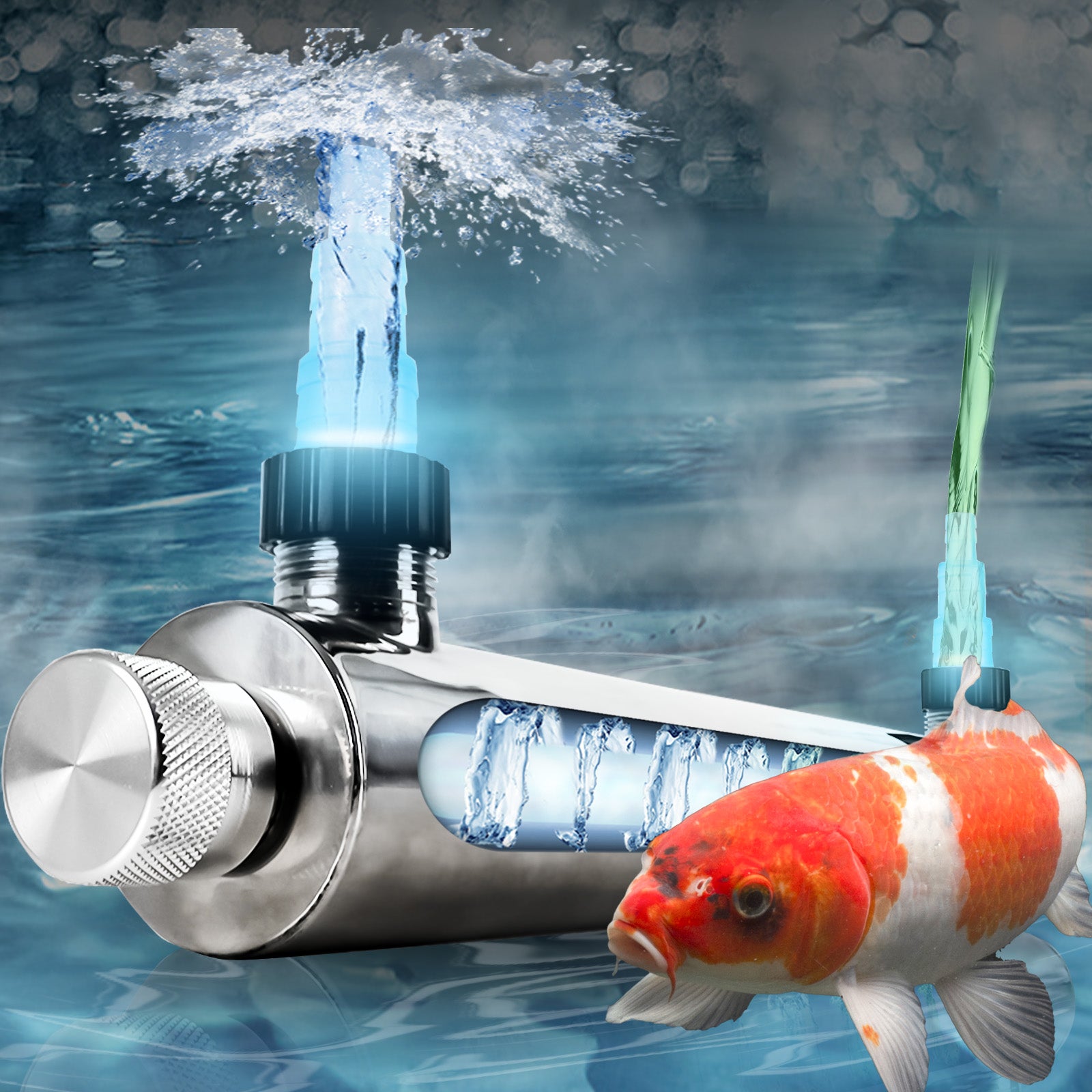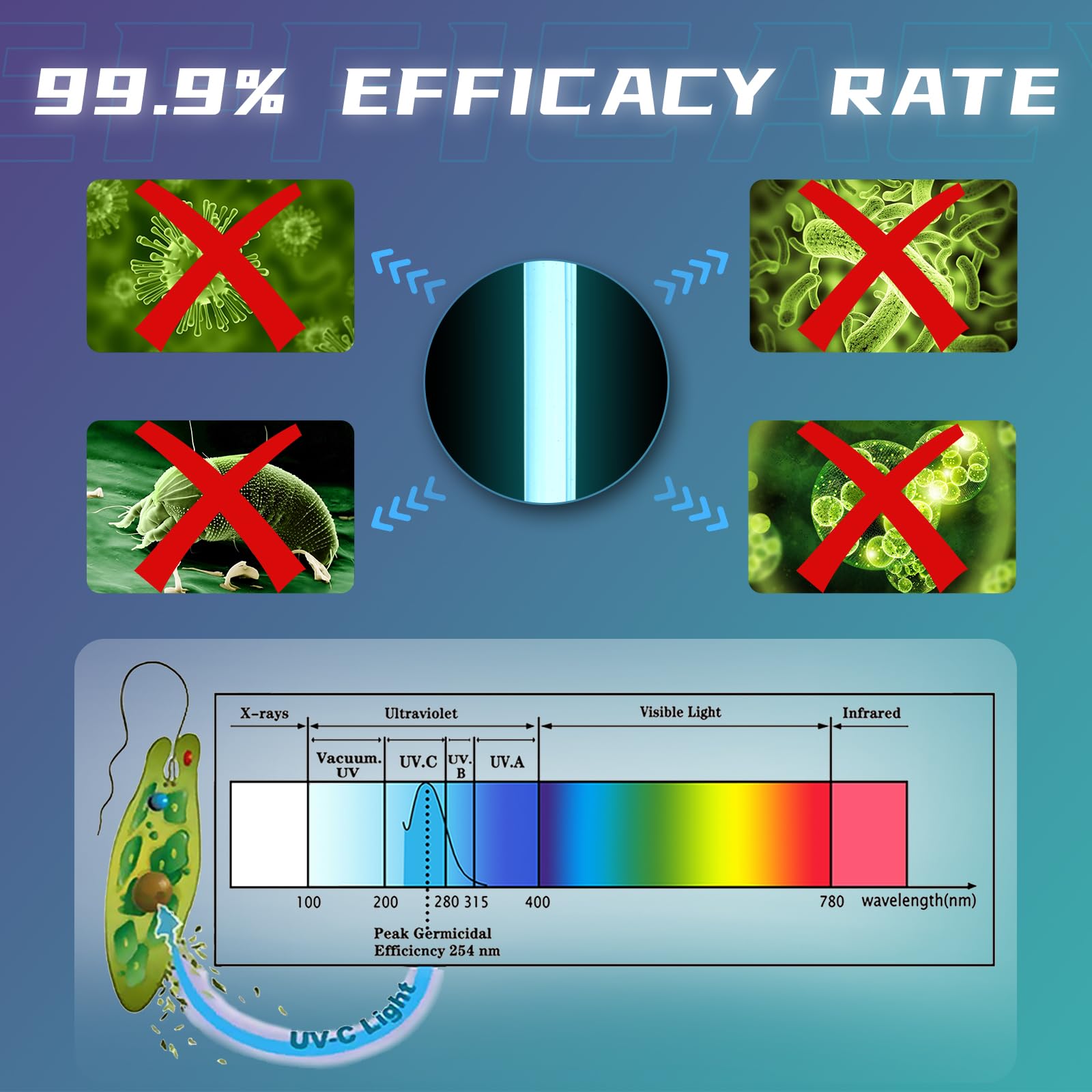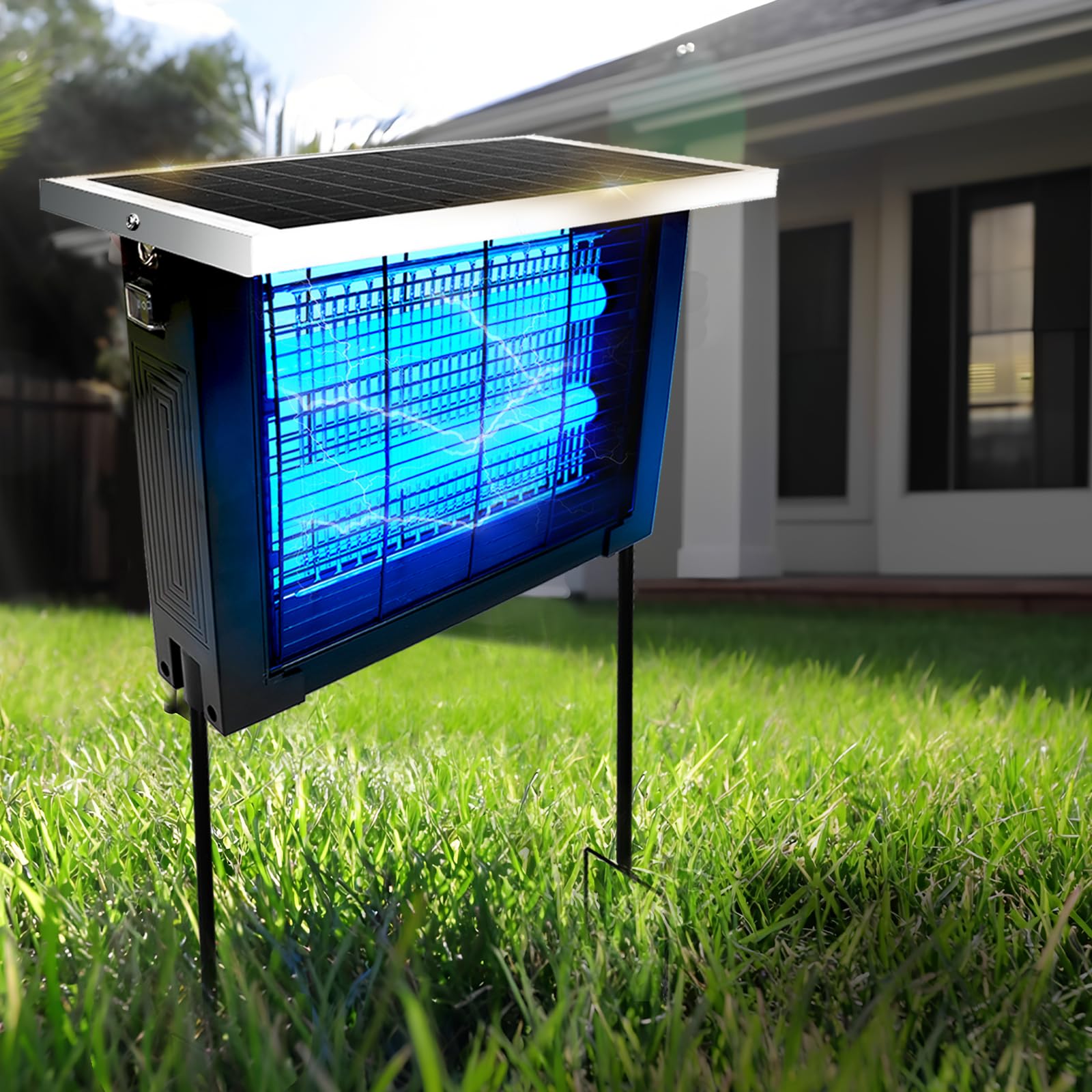Introduction: Why Pond Size Matters
Koi ponds are not just decorative water features—they are complex ecosystems that require careful planning. One of the most critical decisions you’ll make is selecting the right size for your koi pond.
A pond that’s too small leads to:
❌ Stunted fish growth
❌ Poor water quality (ammonia spikes, algae blooms)
❌ Increased disease risk
❌ Higher maintenance demands
On the other hand, a properly sized pond ensures:
✅ Healthy, fast-growing koi
✅ Stable water parameters
✅ Lower maintenance
✅ Longer fish lifespan (25+ years!)
This 6,000-word guide will break down exactly how to choose the best pond size for your koi, covering:
- Minimum size requirements
- Depth considerations
- Calculating gallons per fish
- Shape & layout impact
- Common mistakes to avoid
Let’s dive in!
Chapter 1: Absolute Minimum Size for a Koi Pond
1.1 The "1,000-Gallon Rule"
Most experts agree:
🔹 Absolute minimum for 3-5 koi: 1,000 gallons
🔹 Ideal for beginners: 1,500–3,000 gallons
Why?
- Koi grow 12–36 inches long.
- They produce heavy waste, requiring strong filtration.
- Small ponds fluctuate in temperature and pH dangerously.
Example Dimensions for 1,000 Gallons:
- 8 ft (L) x 6 ft (W) x 3 ft (D)
- Round pond: ~7 ft diameter x 3 ft deep
1.2 What Happens If Your Pond Is Too Small?
| Problem | Result |
|---|---|
| Overcrowding | Stunted growth, aggression |
| Ammonia Spikes | Fish gasping at surface, red gills |
| Oxygen Depletion | Lethargy, sudden fish deaths |
| Temperature Swings | Stress, weakened immune system |
Real-Life Case:
A hobbyist kept 5 koi in a 500-gallon pond. Within a year:
- Fish stopped growing at 8 inches (should be 15+ inches).
- Constant algae blooms required weekly cleanings.
- Two koi died from fin rot due to poor water quality.
Lesson: Bigger is always better for koi.
Chapter 2: Calculating the Right Pond Size for Your Koi
2.1 How Many Koi Can You Keep?
A common misconception is the "1 inch of fish per gallon" rule—this does NOT work for koi!
Better Formula:
🔹 50 gallons per 1 inch of koi (juvenile)
🔹 100+ gallons per 1 inch (adult, 24+ inches)
Example:
- If you have 5 koi, each expected to grow to 24 inches:
- 5 fish x 24 inches = 120 inches total
- 120 inches x 100 gallons = 12,000 gallons needed
But wait—that’s huge!
Most hobbyists compromise with partial water changes and heavy filtration, allowing slightly smaller ponds.
Practical Stocking Guide:
| Pond Size (Gallons) | Max # of Koi | Avg Koi Size |
|---|---|---|
| 1,000 | 3–5 | 12–18 inches |
| 2,500 | 6–10 | 18–24 inches |
| 5,000+ | 15–20 | 24–30 inches |
2.2 Depth: The Hidden Factor in Pond Size
Minimum Depth:
- 3 feet (to prevent freezing in winter & overheating in summer)
- 4–5 feet (ideal for large koi & temperature stability)
Why Depth Matters:
✅ Predator Protection (raccoons/herons can’t reach deep fish)
✅ Thermal Stability (deep water stays cooler in summer)
✅ More Swimming Space (koi love vertical movement)
Shallow Pond Risks:
❌ Winter Kill (ice blocks oxygen exchange)
❌ Summer Heat Stress (water above 80°F harms koi)
Chapter 3: Pond Shape & Layout Considerations
3.1 Best Shapes for Koi Ponds
| Shape | Pros | Cons |
|---|---|---|
| Rectangle | Easy to clean, efficient filtration | Less natural look |
| Freeform (Organic) | Beautiful, blends with landscape | Harder to cover with nets |
| Round | Good water flow, no dead zones | Limited design options |
Winner? Rectangle with rounded corners—best for flow + aesthetics.
3.2 Surface Area vs. Volume
Koi need oxygen exchange, which happens at the water’s surface.
Rule:
- At least 1 sq.ft of surface per 10 gallons
- Example: A 1,000-gallon pond needs 100 sq.ft surface area (e.g., 10 ft x 10 ft).
How to Increase Surface Area:
✔ Add a waterfall or fountain (boosts aeration)
✔ Avoid too many floating plants (blocks oxygen exchange)
Chapter 4: Common Mistakes When Choosing Pond Size
4.1 Mistake #1: Underestimating Growth
- Koi grow FAST! (6–12 inches in the first year)
- Many beginners buy a "small pond for small fish"… then face disaster.
Solution: Plan for adult size (24+ inches) from Day 1.
4.2 Mistake #2: Ignoring Filtration Space
- Filters take up room! (Canister filters, UV clarifiers, etc.)
- A "1,000-gallon pond" might only hold 800 gallons after equipment.
Fix: Add 20% extra volume to account for filters.
4.3 Mistake #3: Poor Location Choices
- Under trees → Leaves decay, ruin water quality
- Full sun all day → Algae blooms, high temps
Best Spot:
- Morning sun, afternoon shade
- Away from trees & heavy debris
Chapter 5: Advanced Tips for Large Koi Ponds (5,000+ Gallons)
5.1 When to Consider a Massive Pond
- You want jumbo koi (30+ inches)
- You’re breeding koi (need space for fry)
- You hate frequent maintenance
5.2 Features for Giant Ponds
✔ Bottom drains (for easy waste removal)
✔ Multiple filtration zones (mechanical + biological + UV)
✔ Auto top-off system (prevents evaporation issues)
Final Verdict: What’s the Perfect Koi Pond Size?
For most hobbyists, the sweet spot is:
✅ 1,500–3,000 gallons
✅ 3–4 feet deep
✅ Rectangular or freeform shape
✅ 50+ gallons per inch of fish
Remember:
- Bigger ponds = healthier koi + less work.
- Never start too small—koi outgrow tiny ponds fast!
Now that you know how to choose the right pond size, are you ready to build your dream koi pond? 🐟✨
